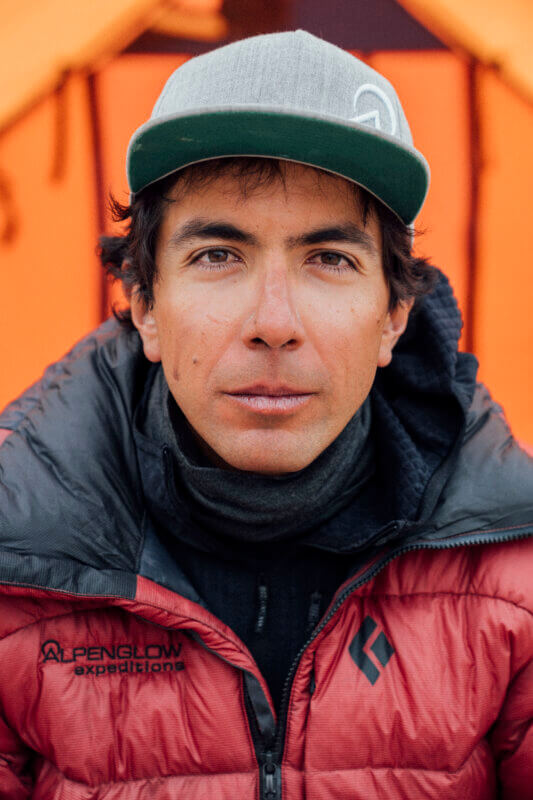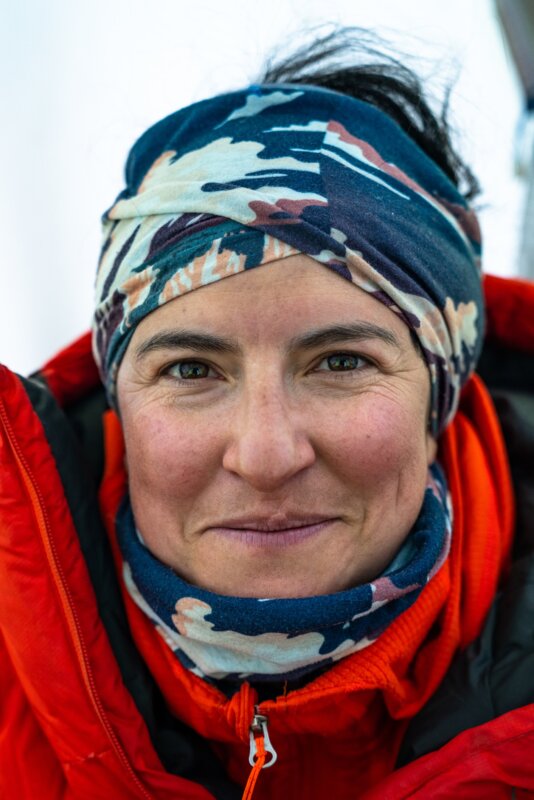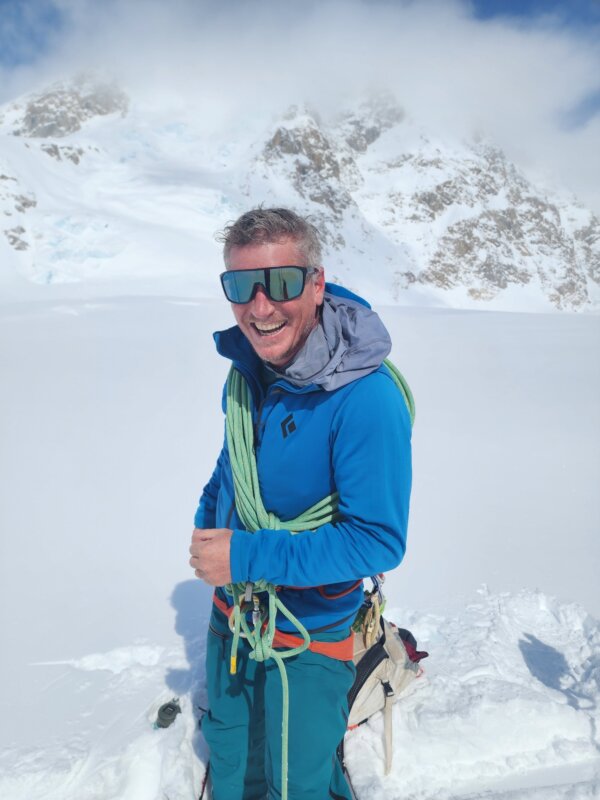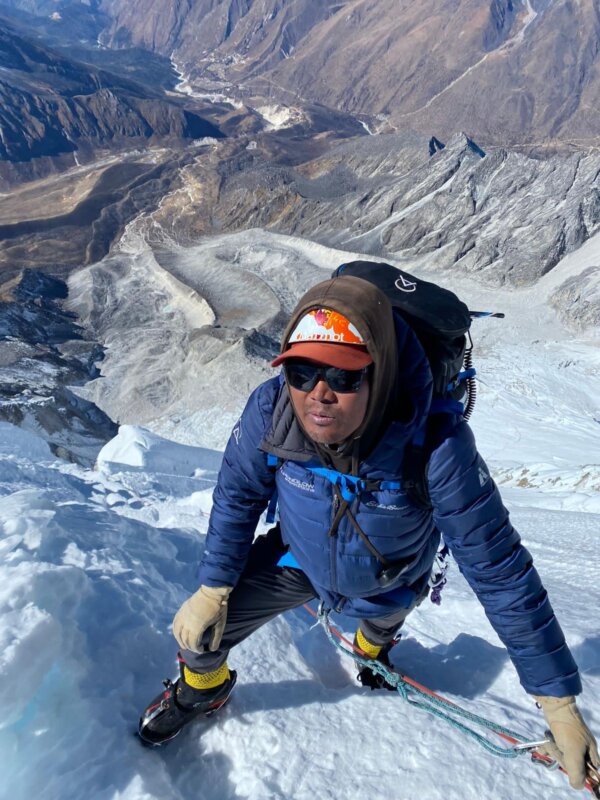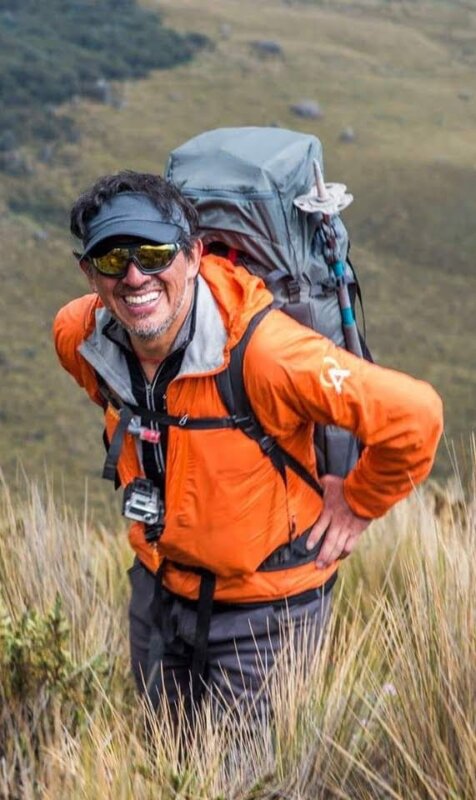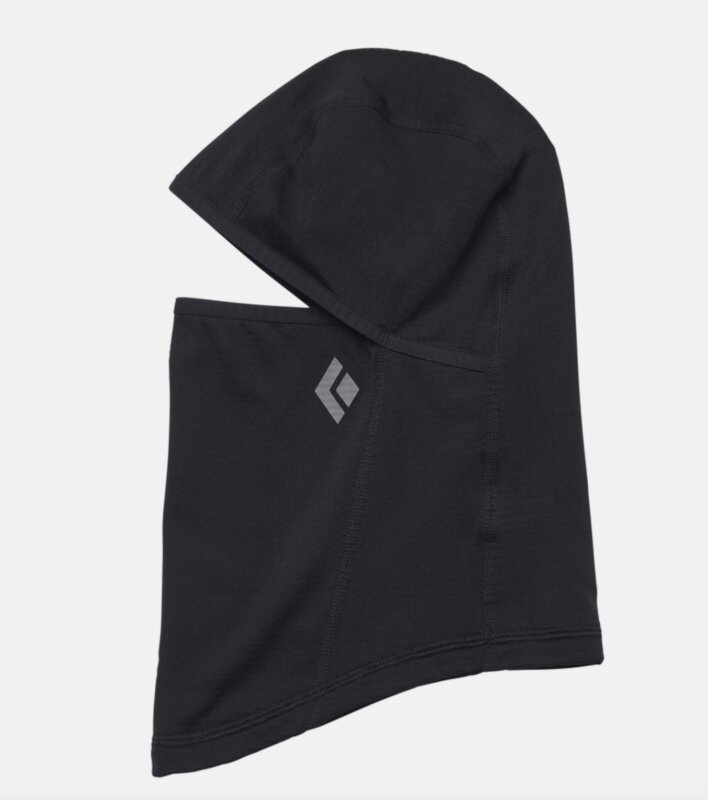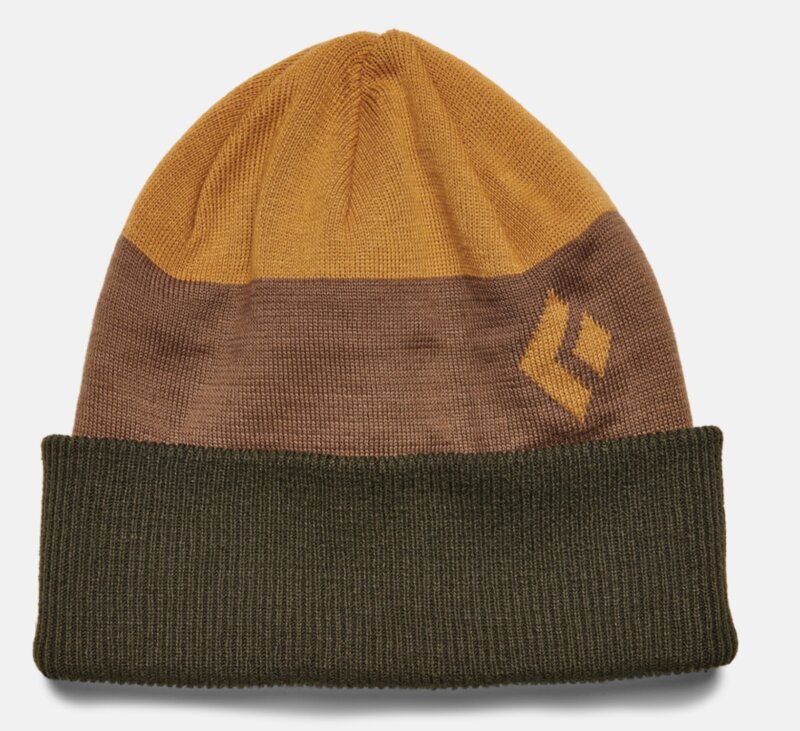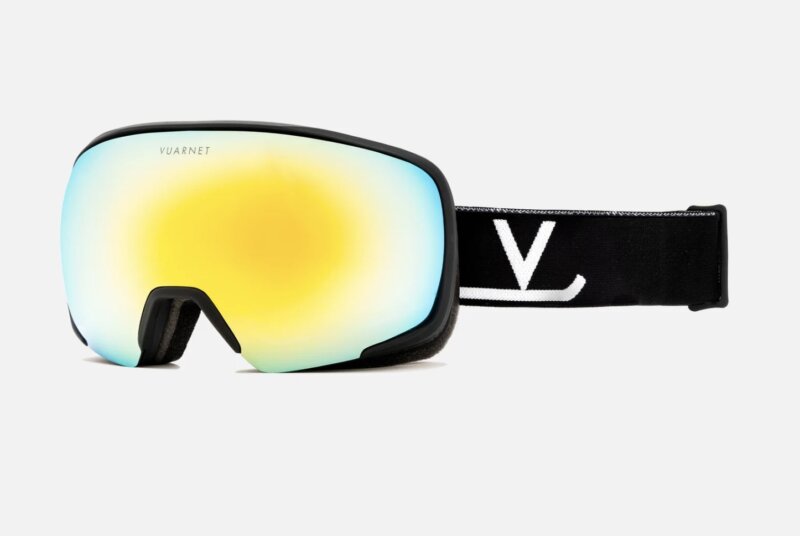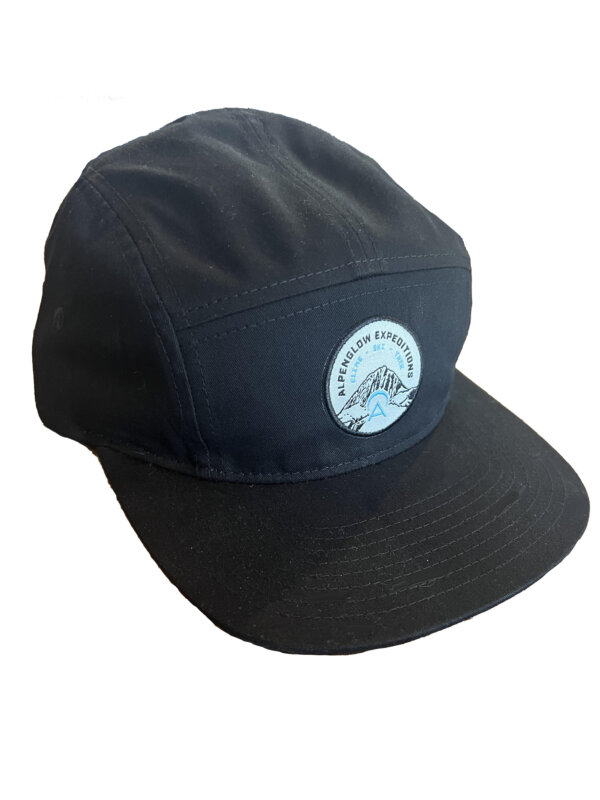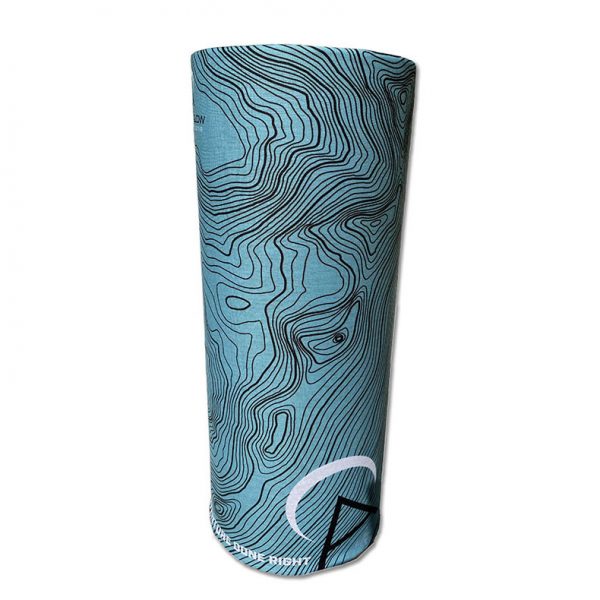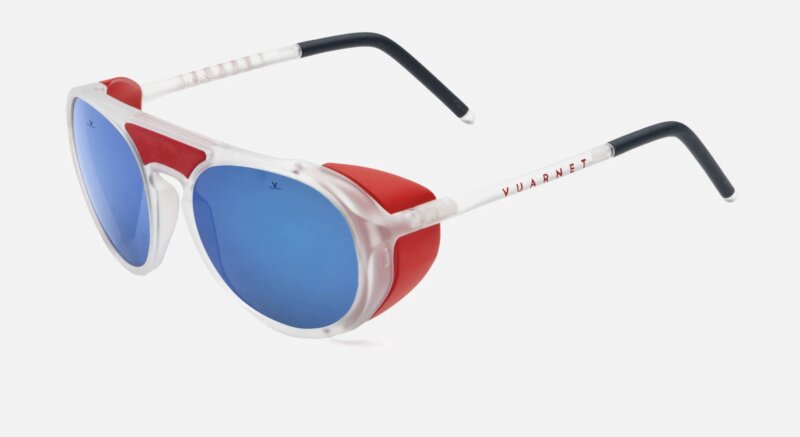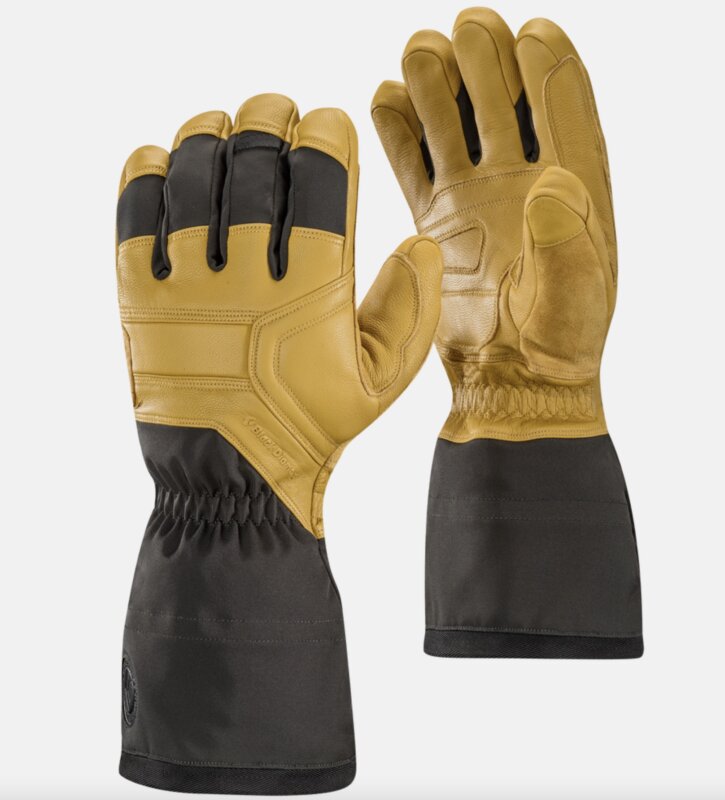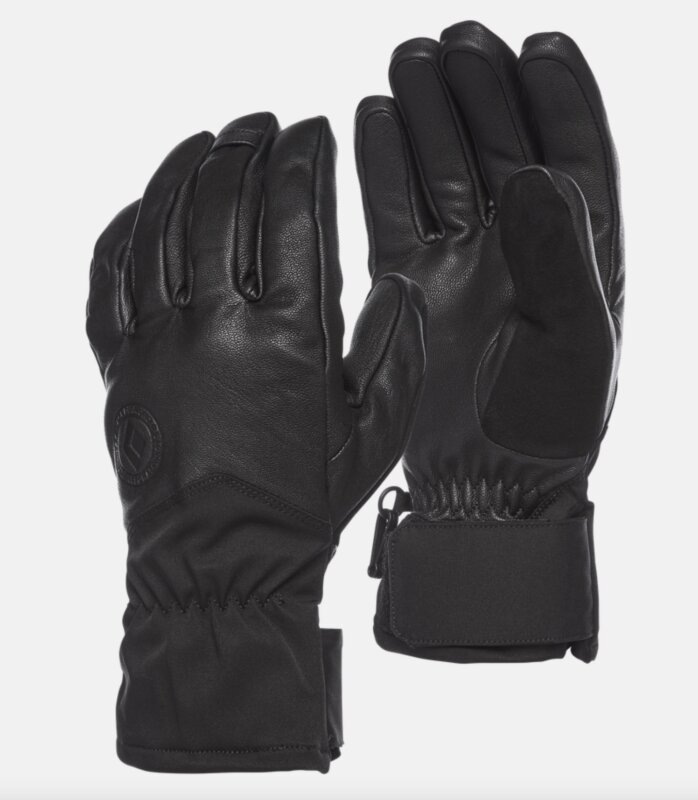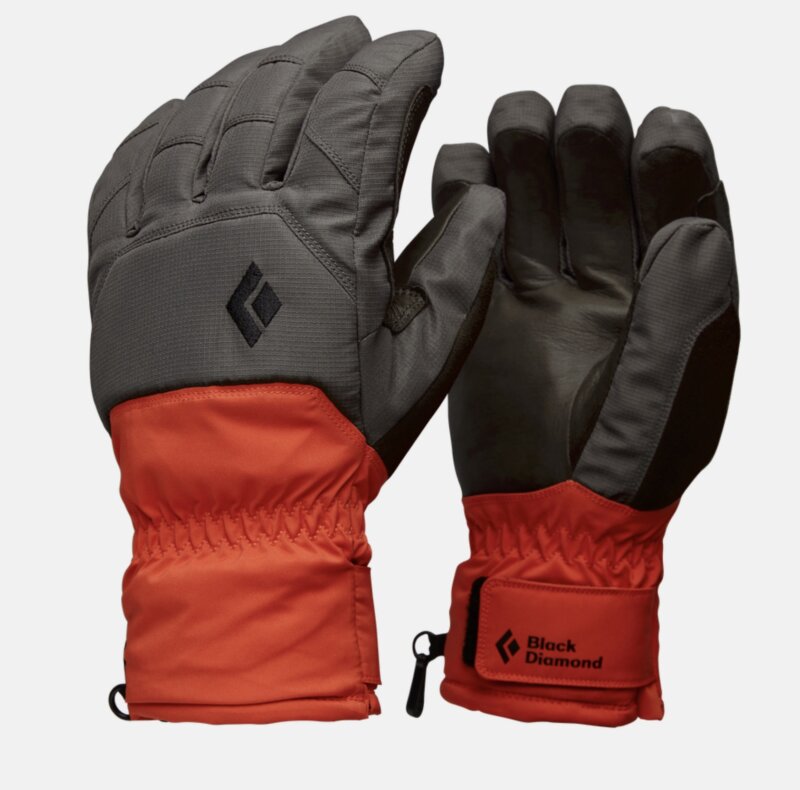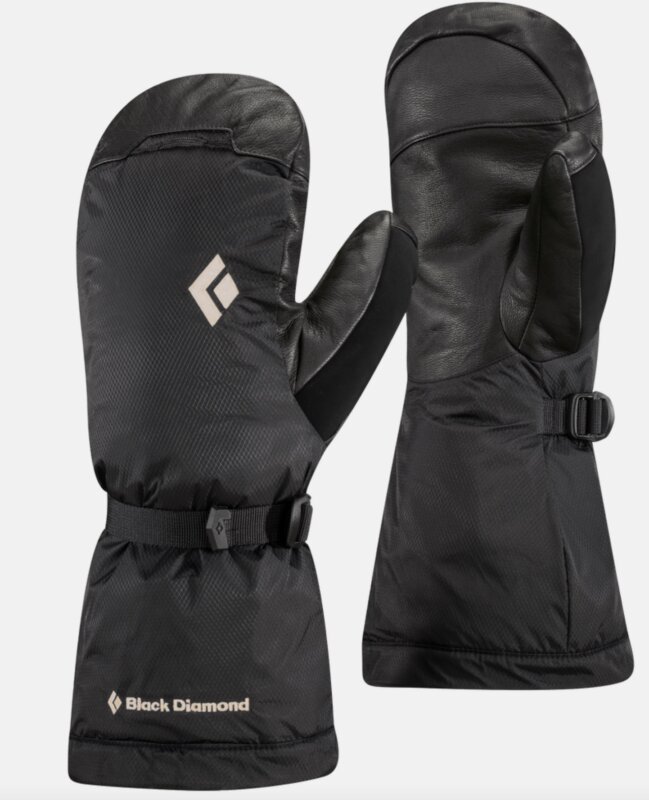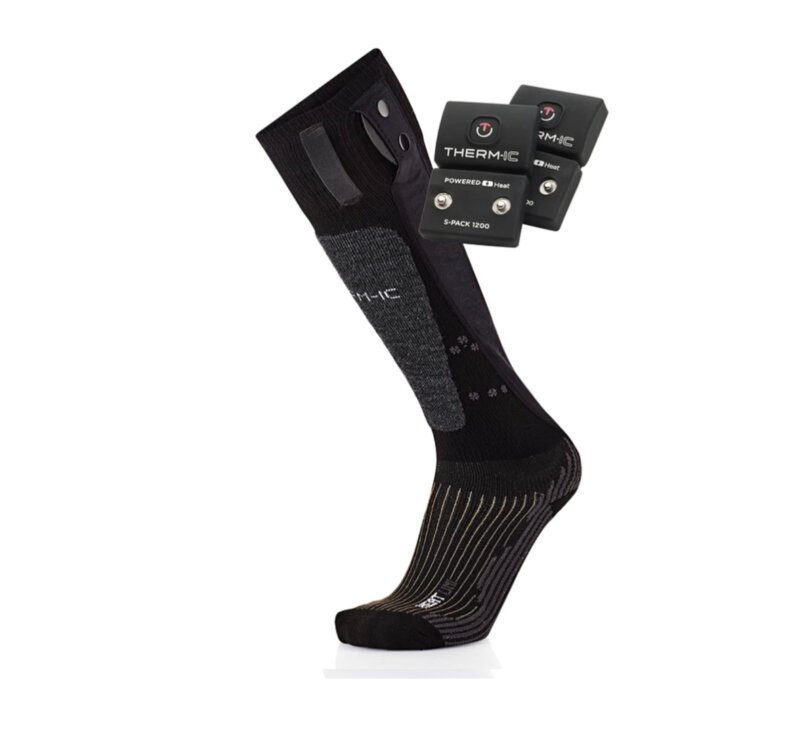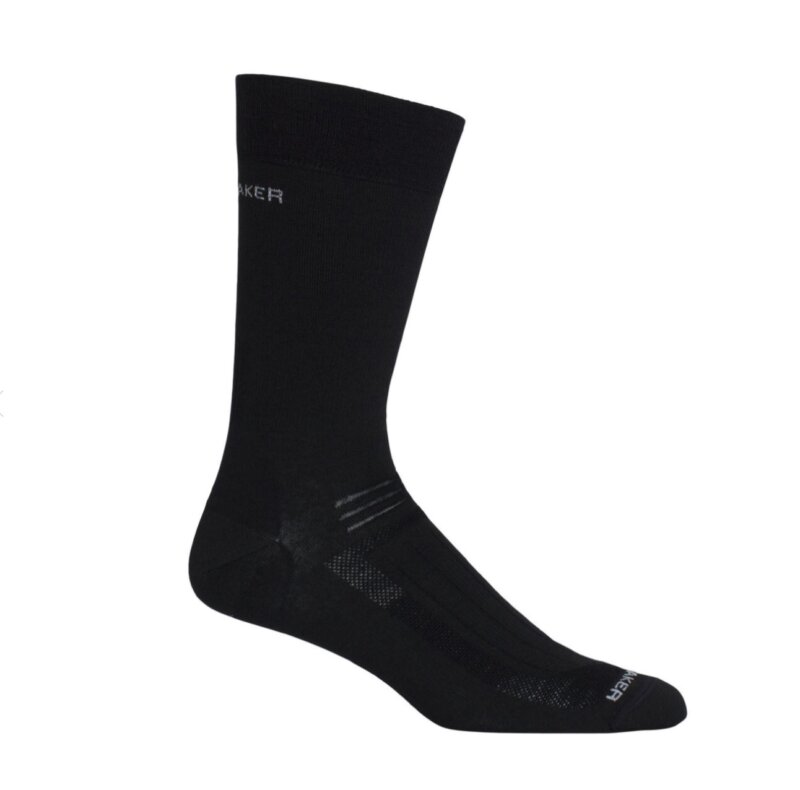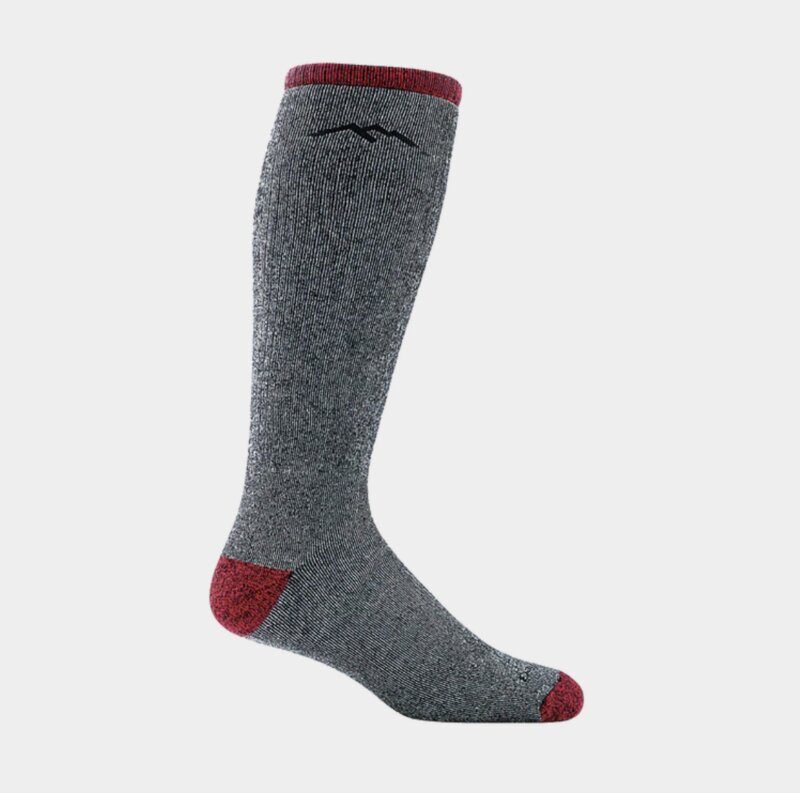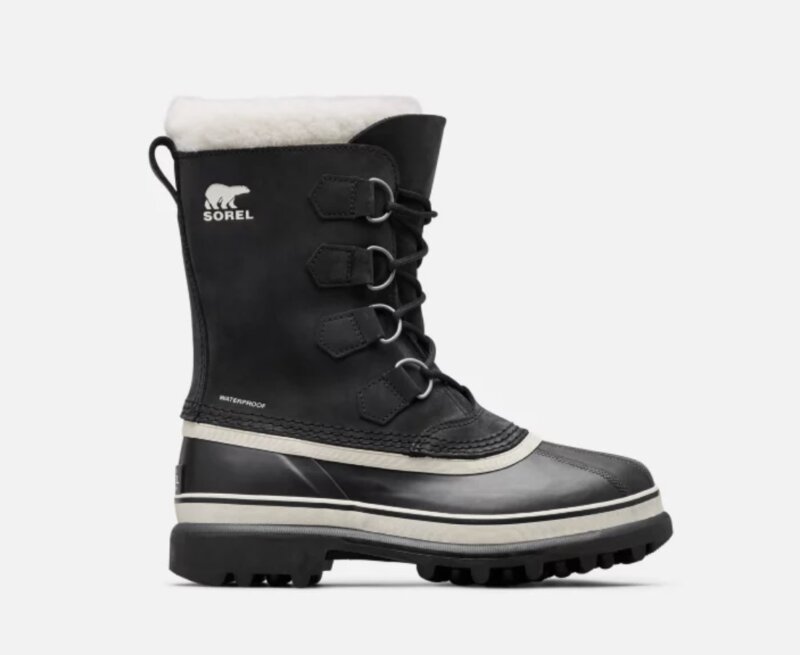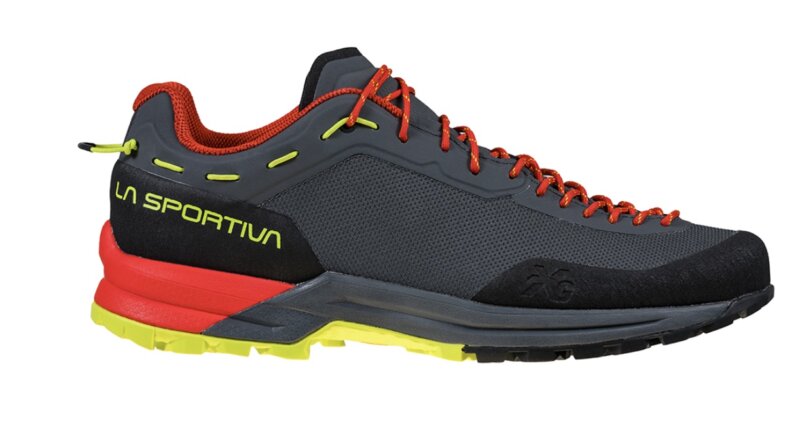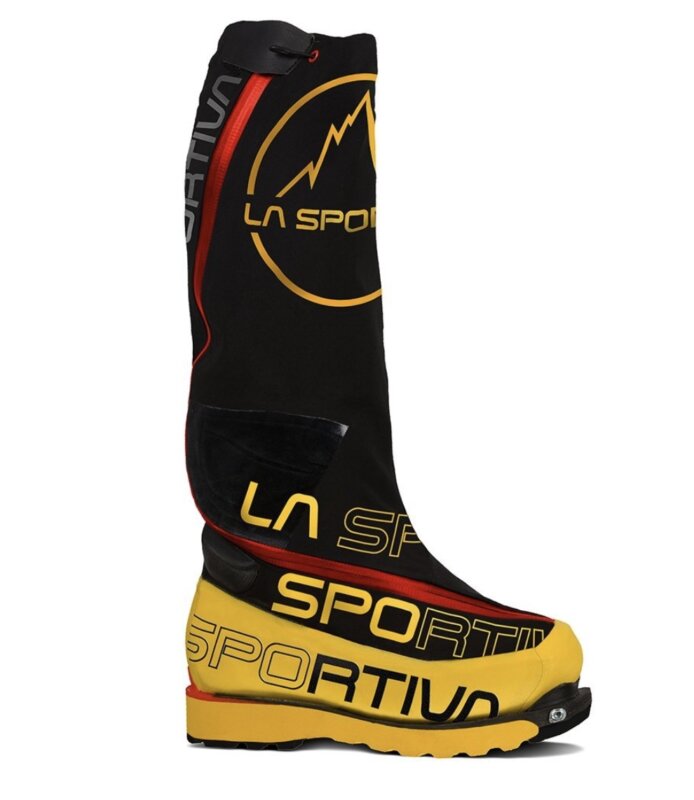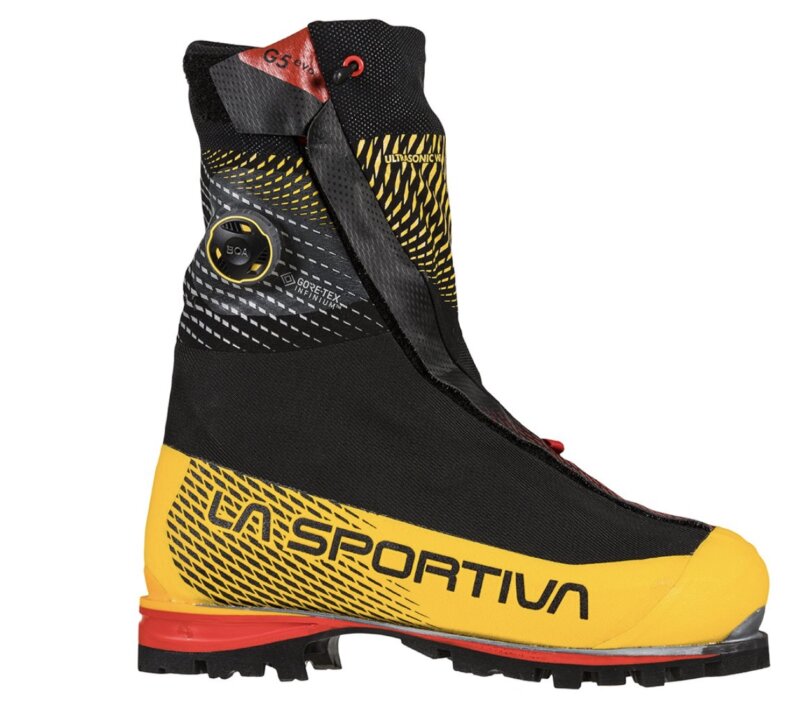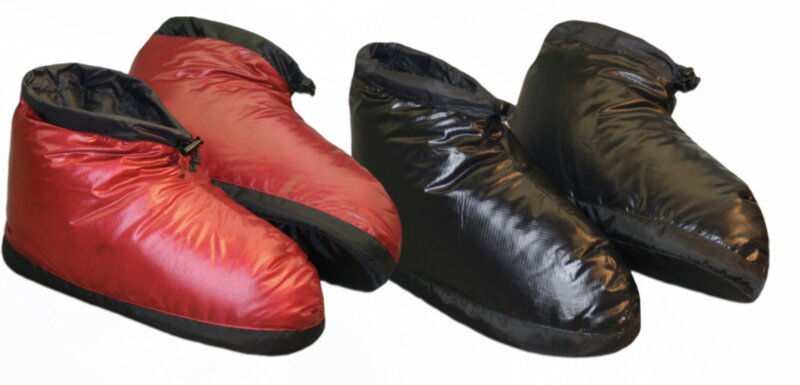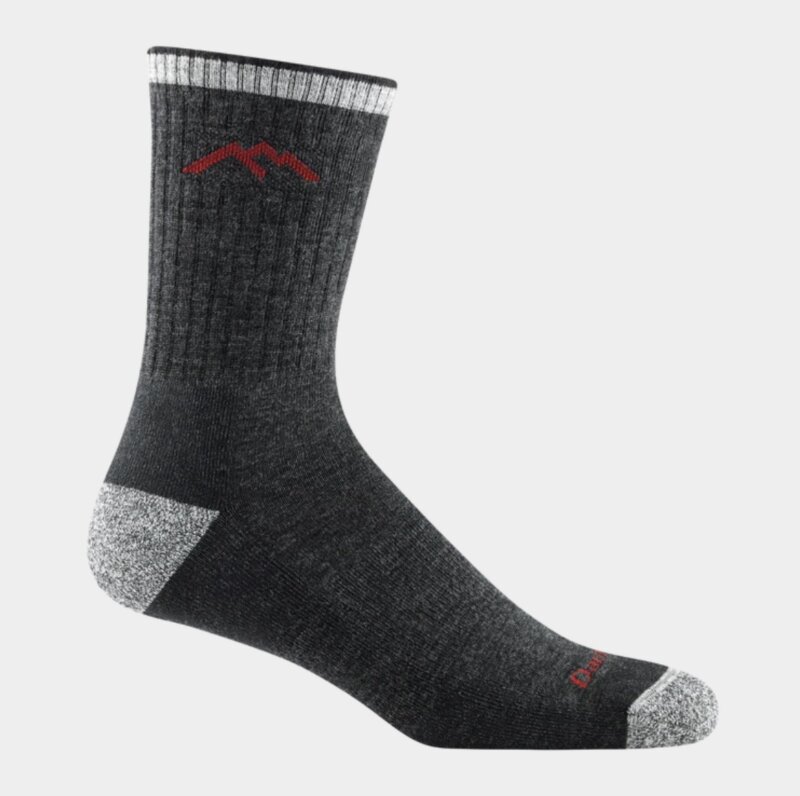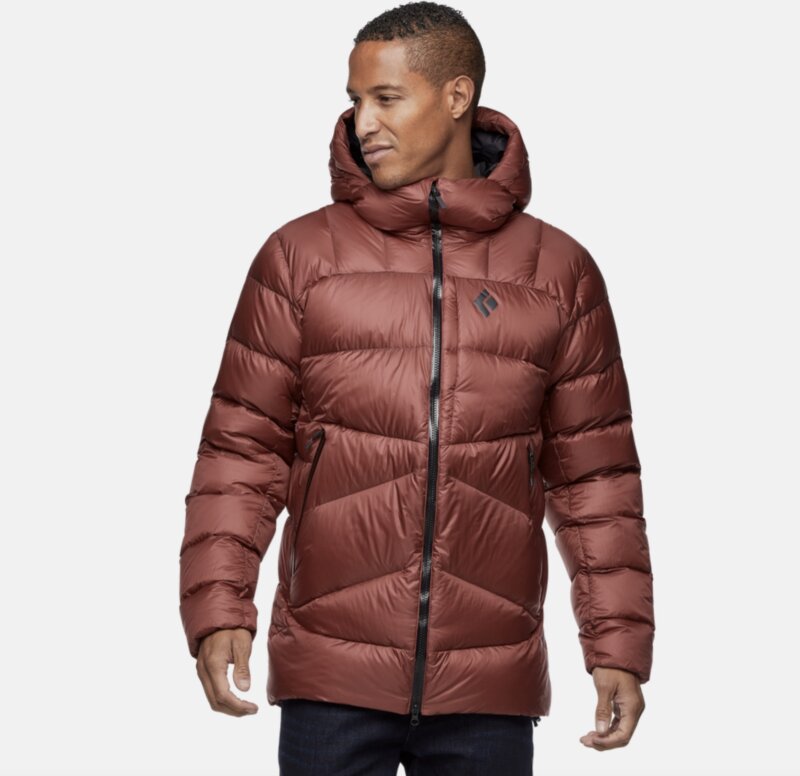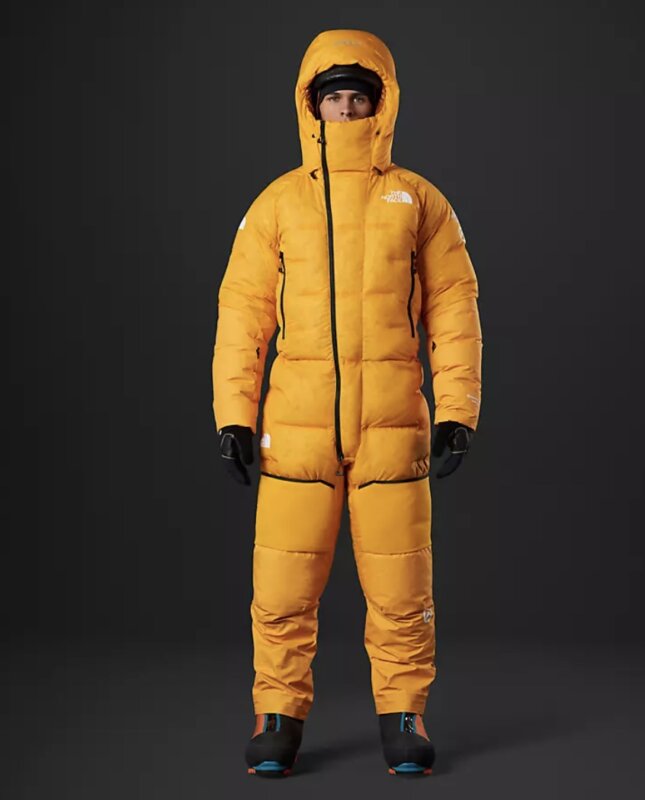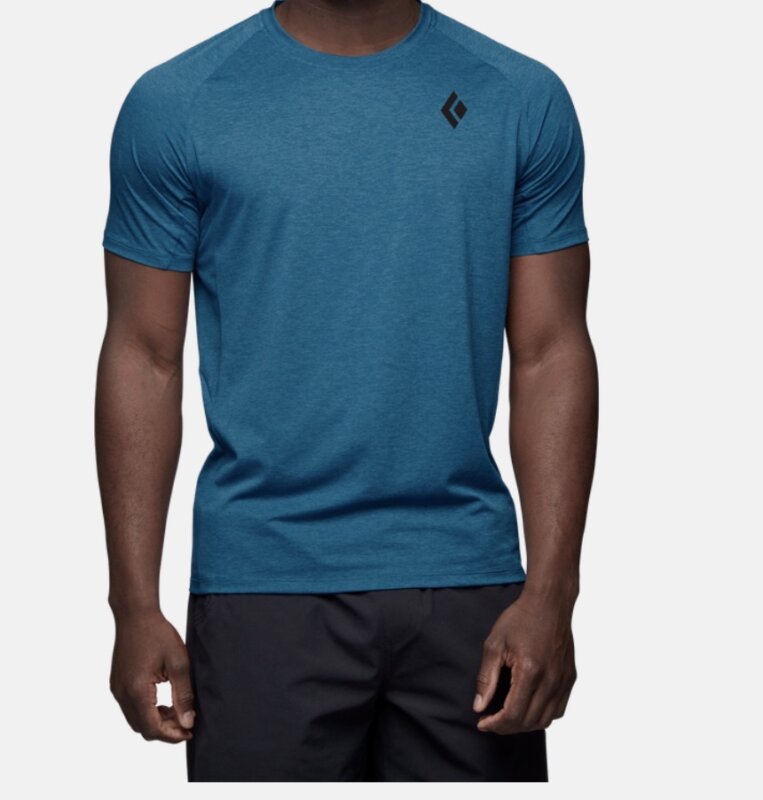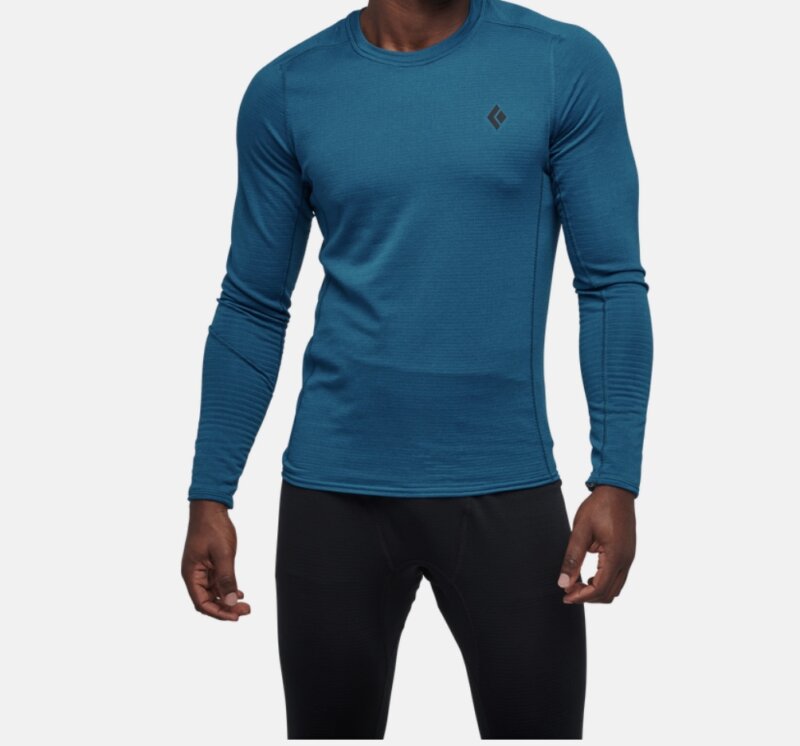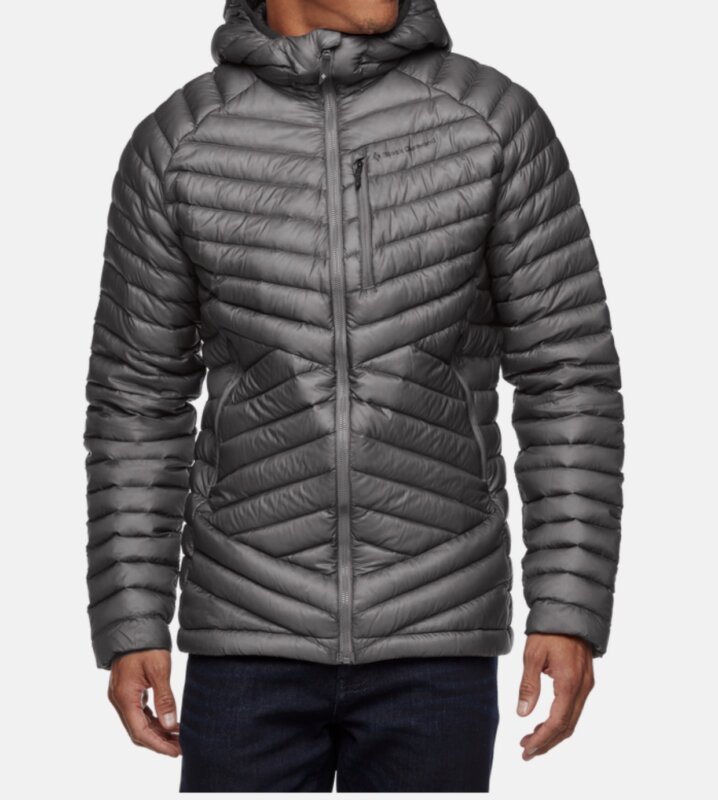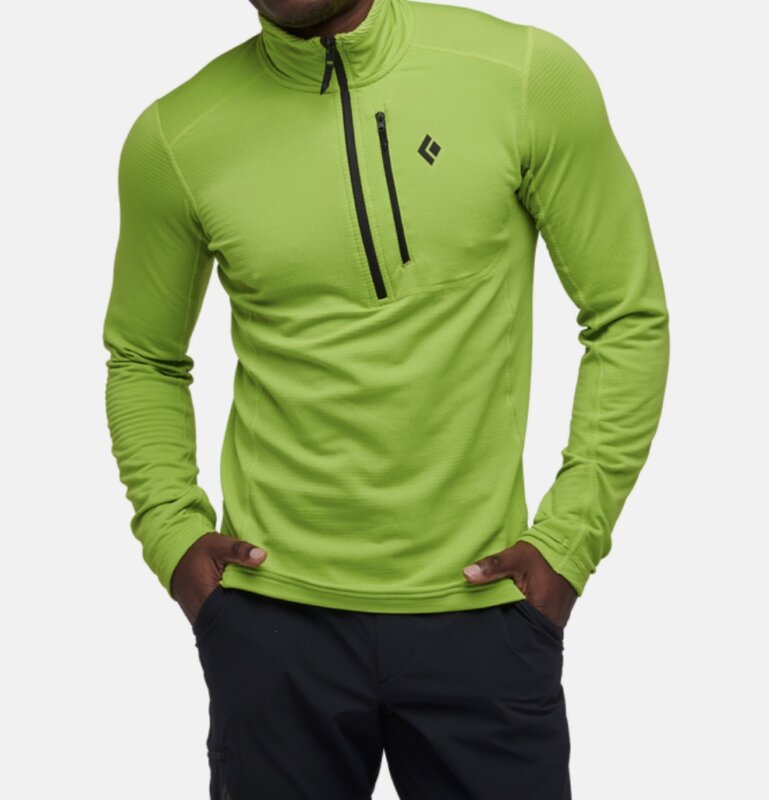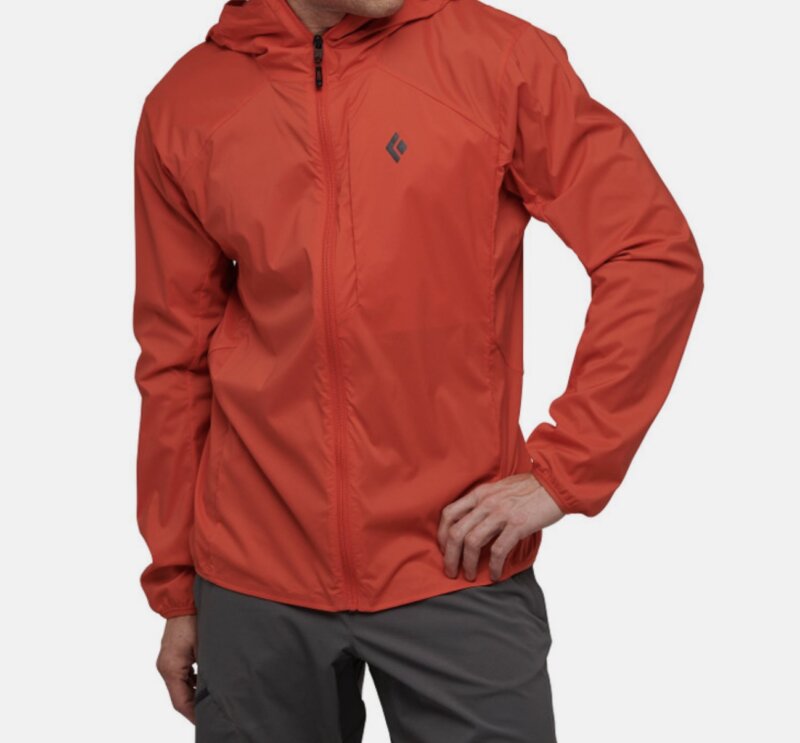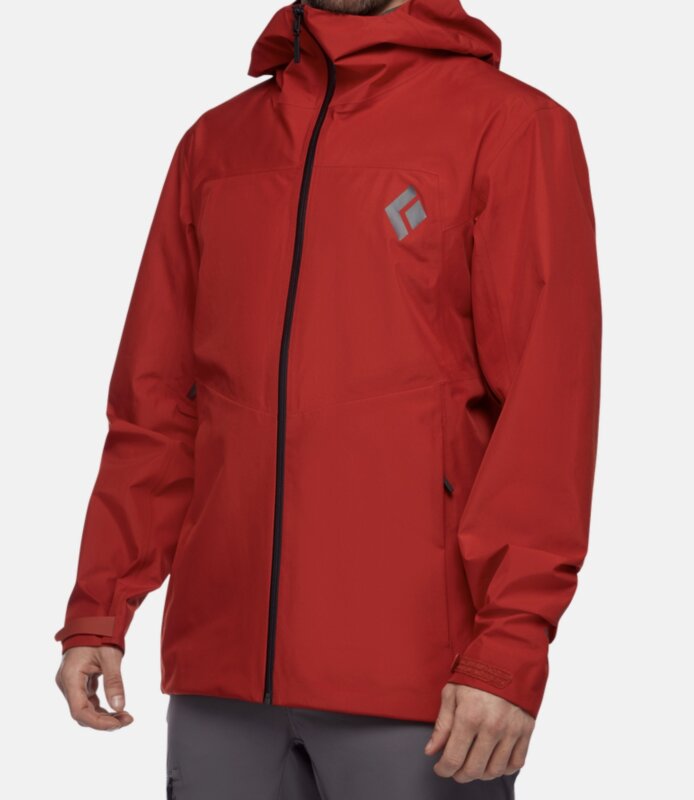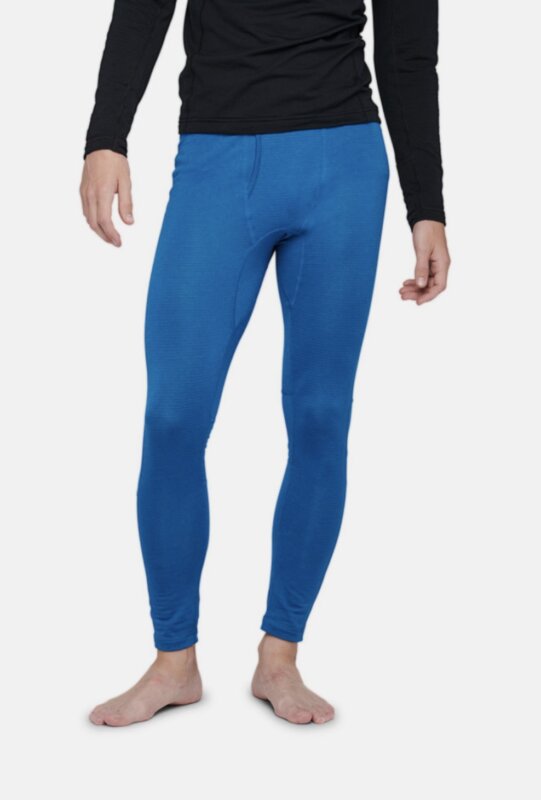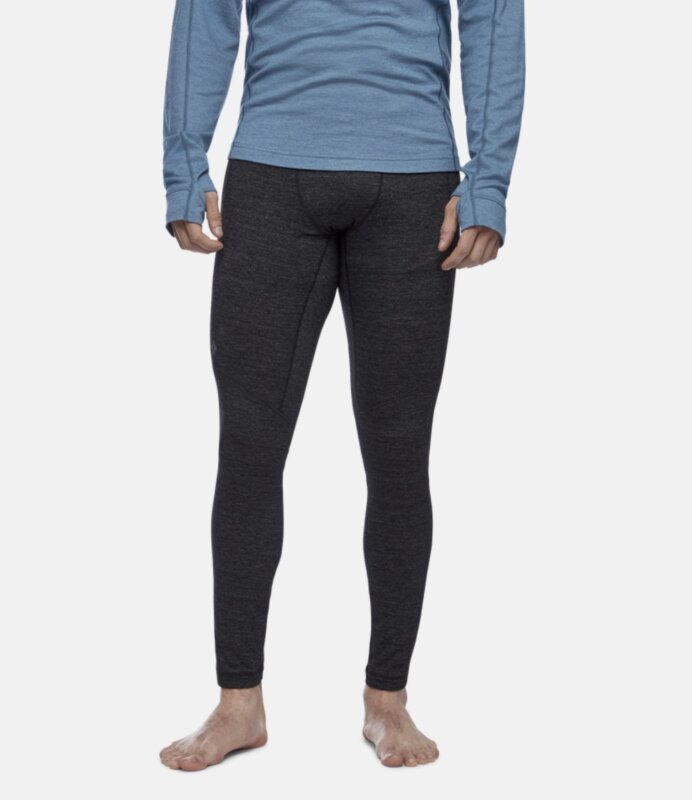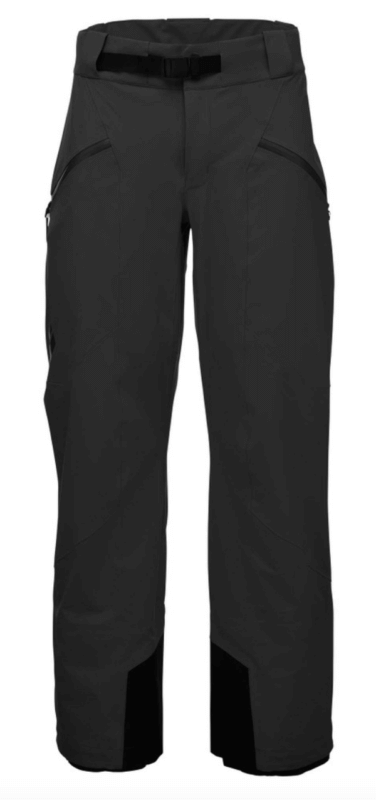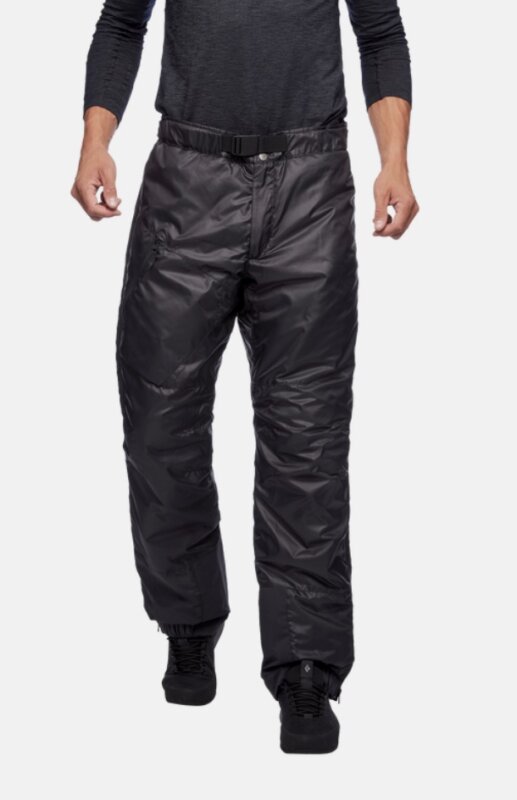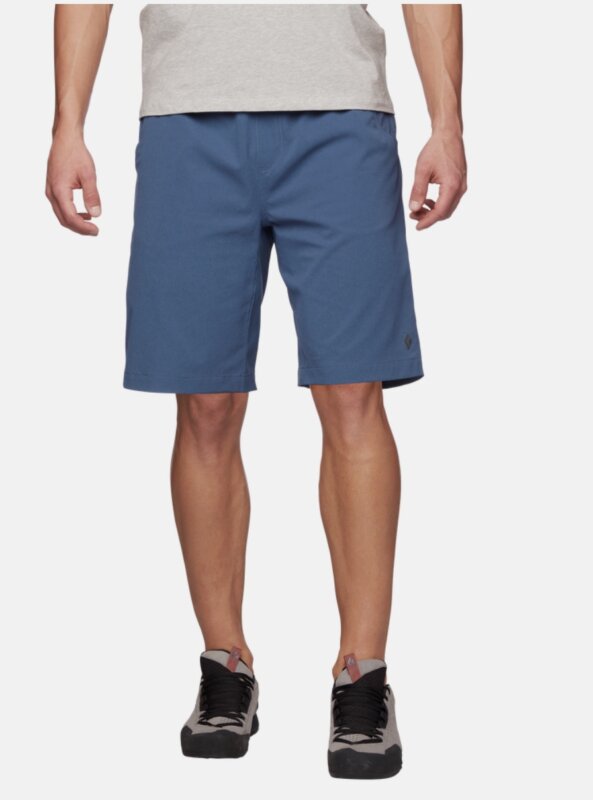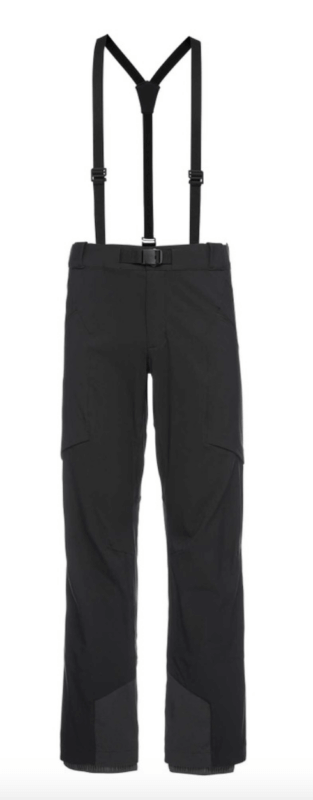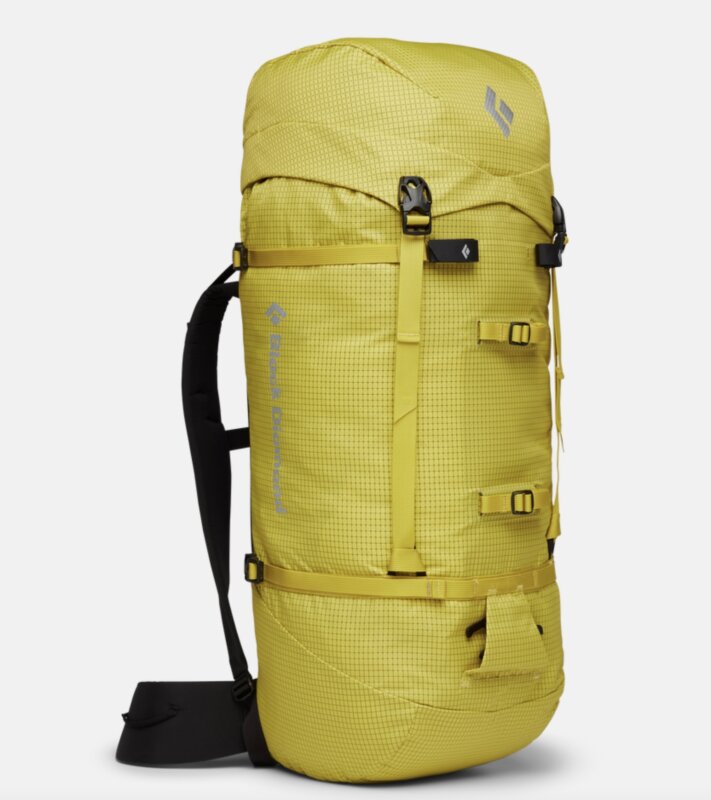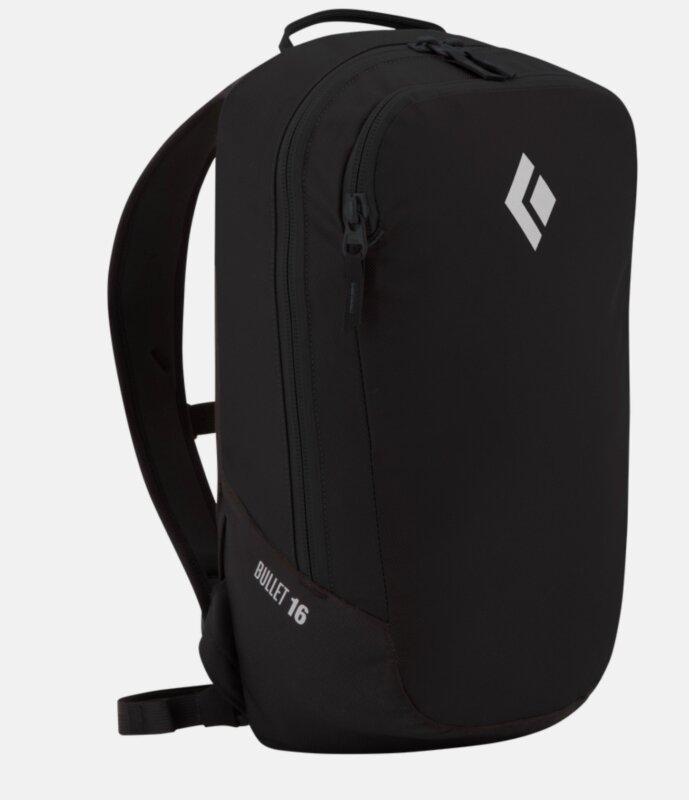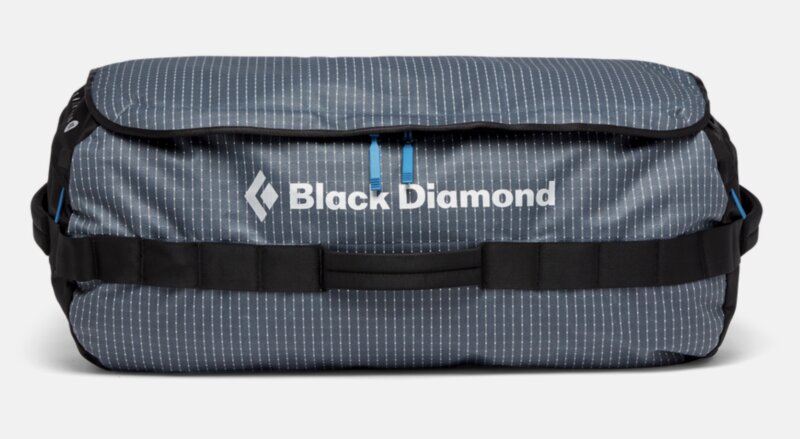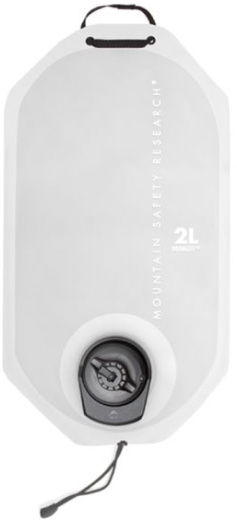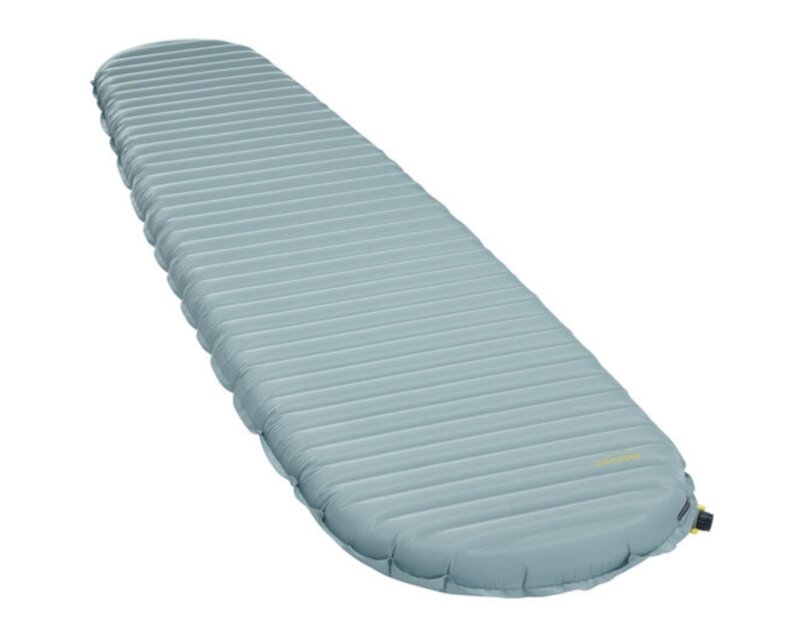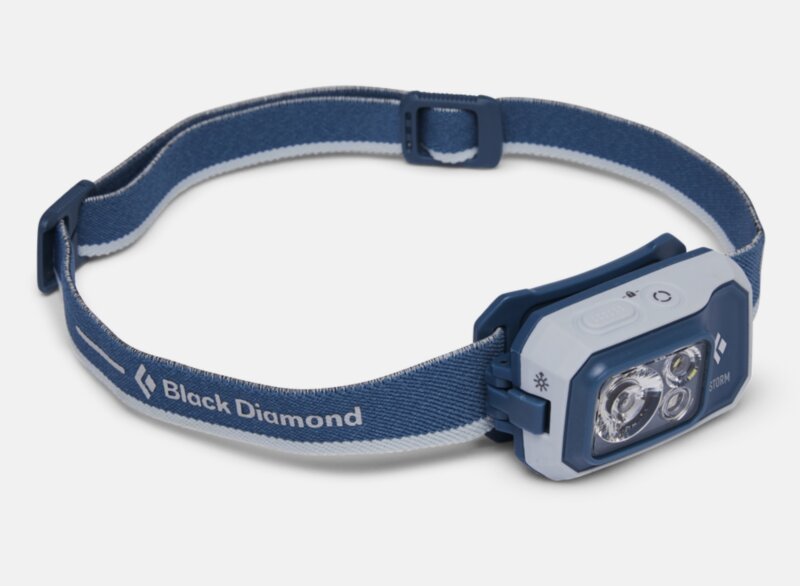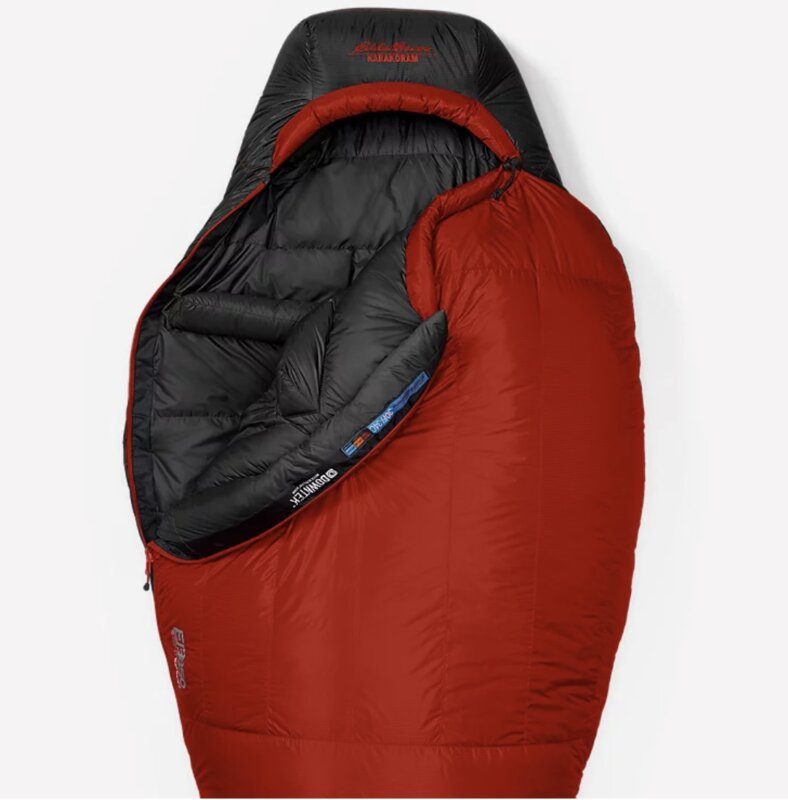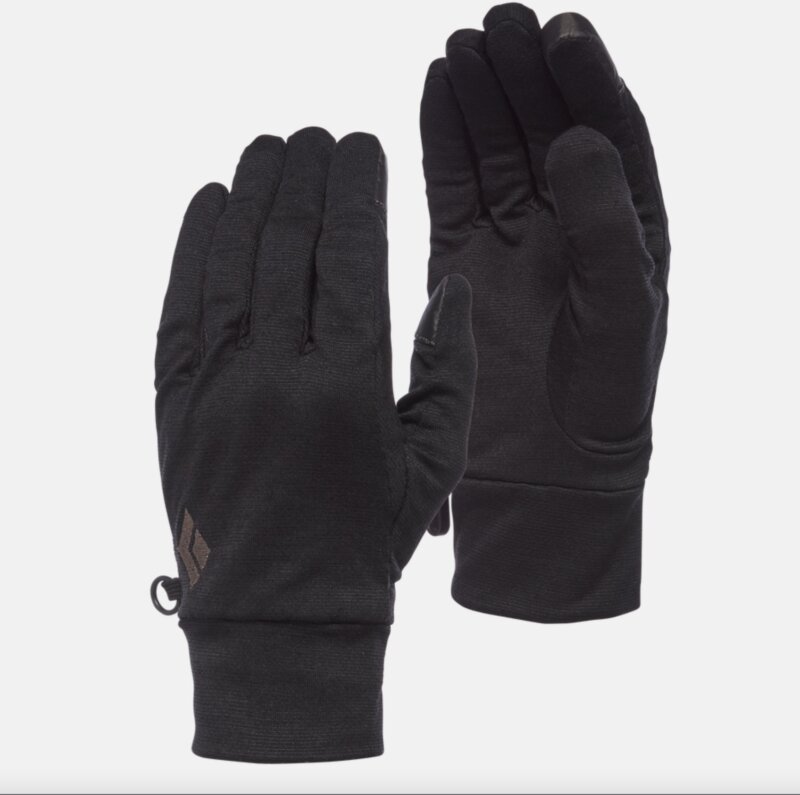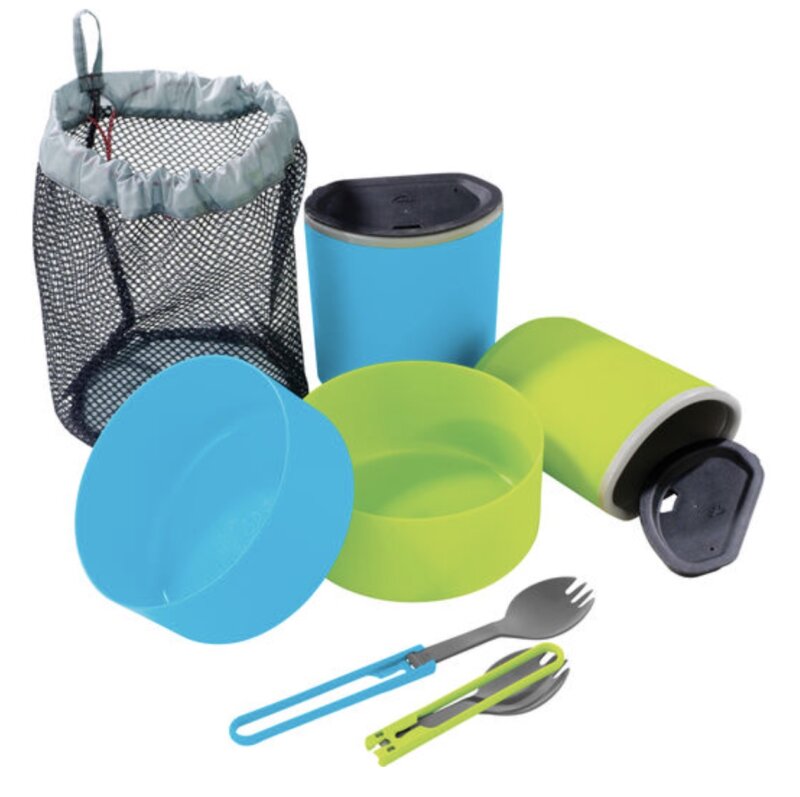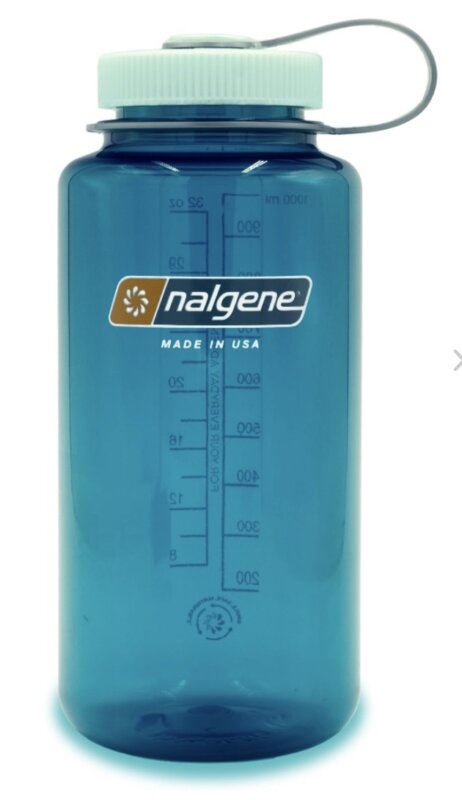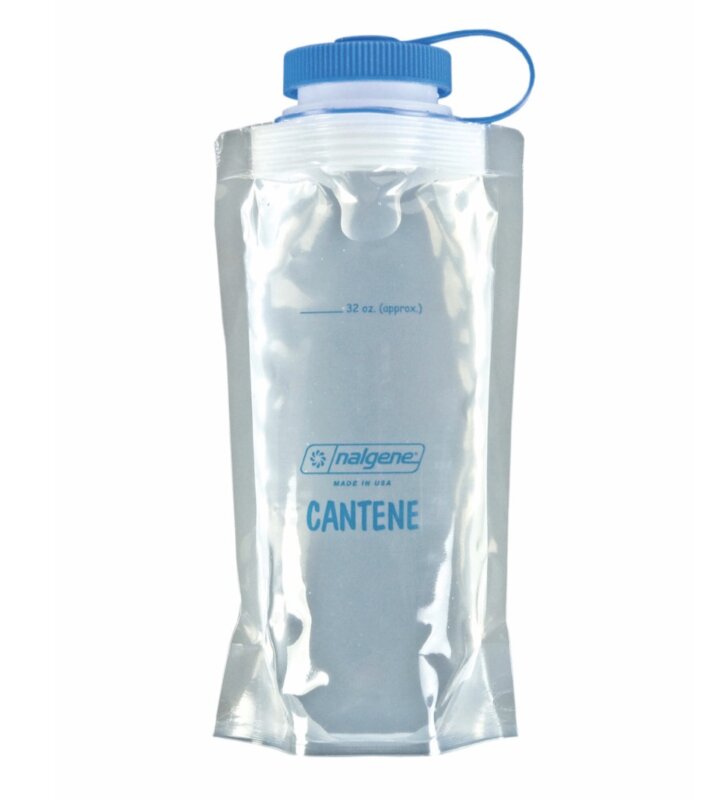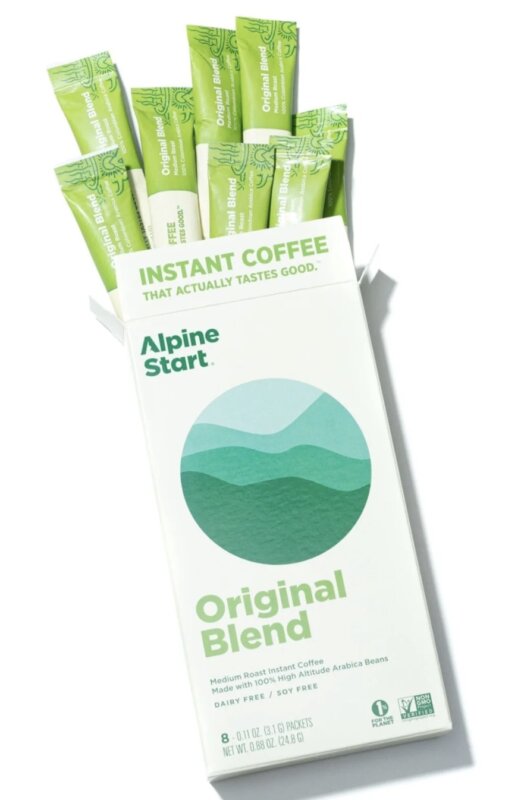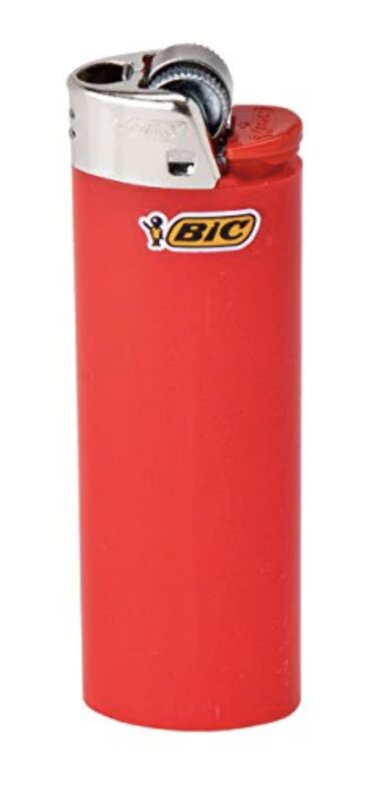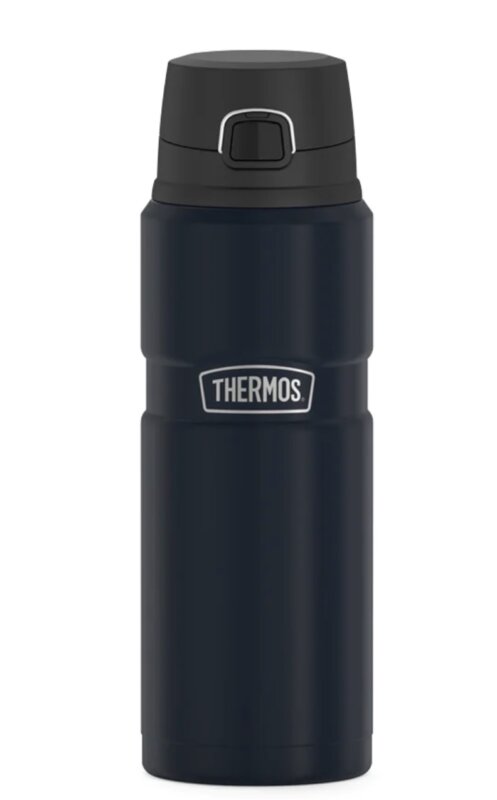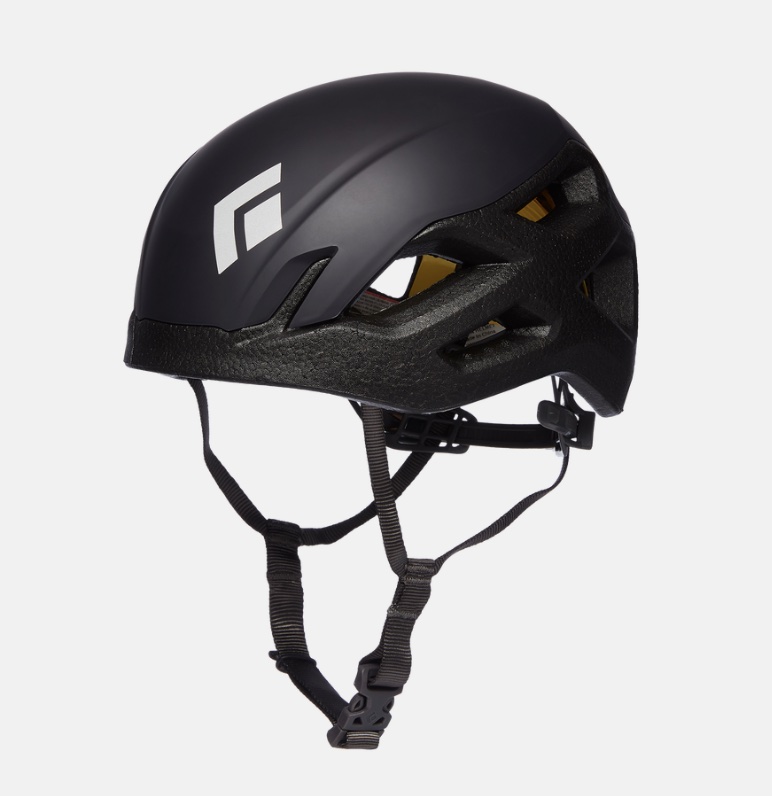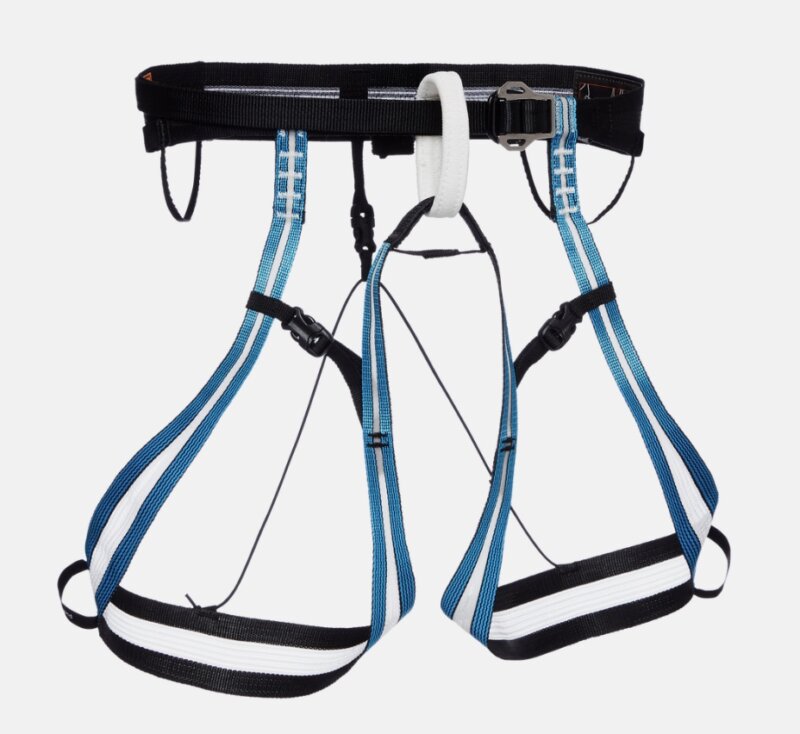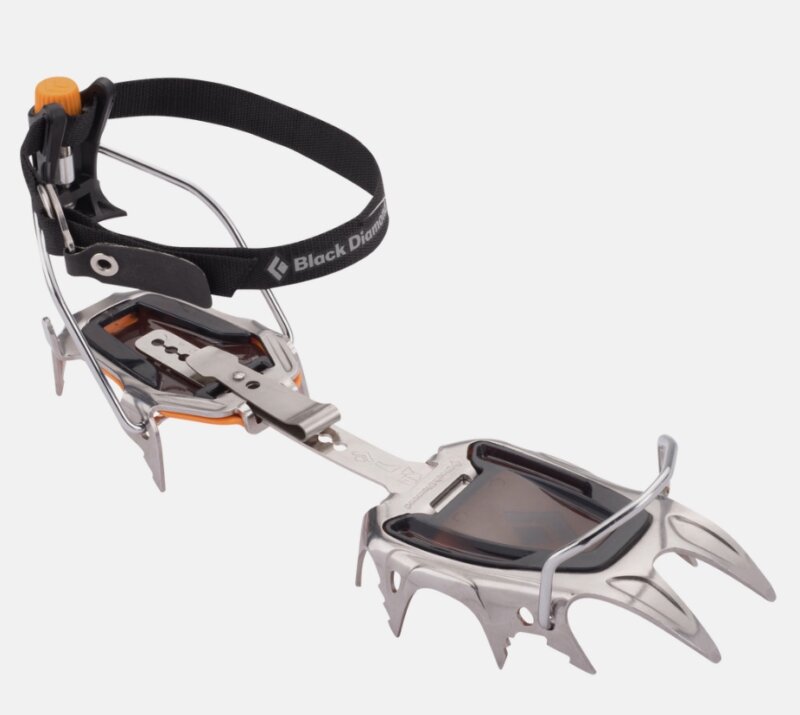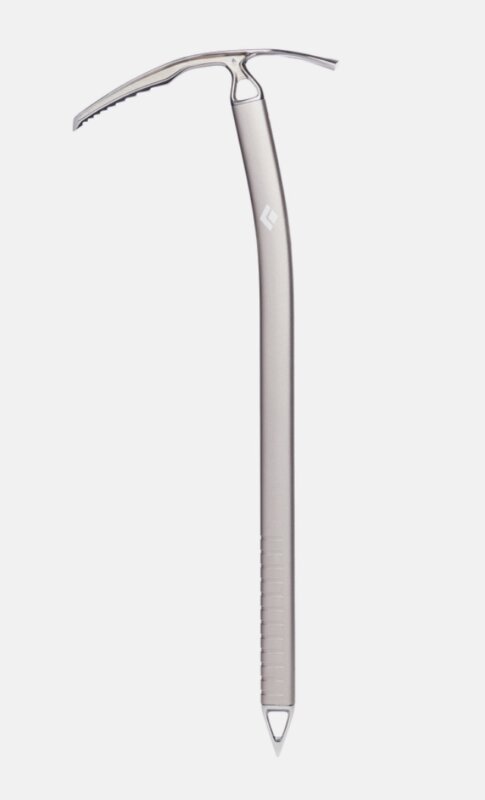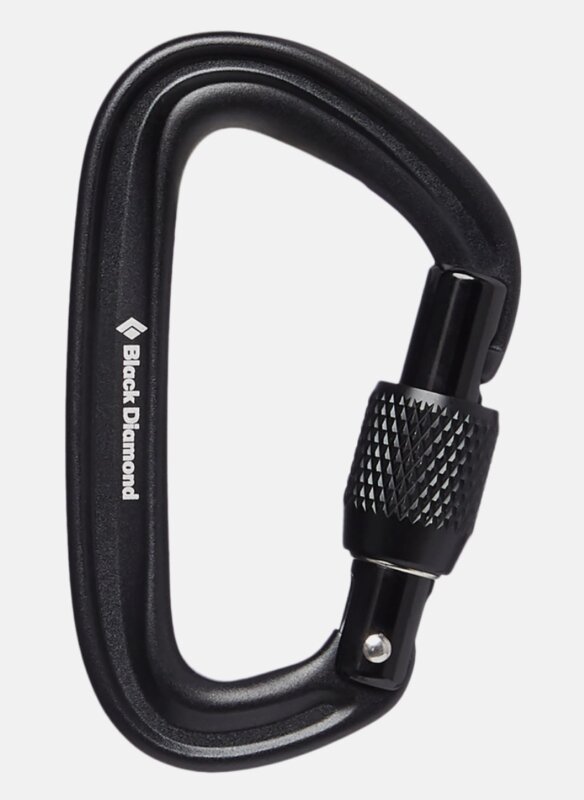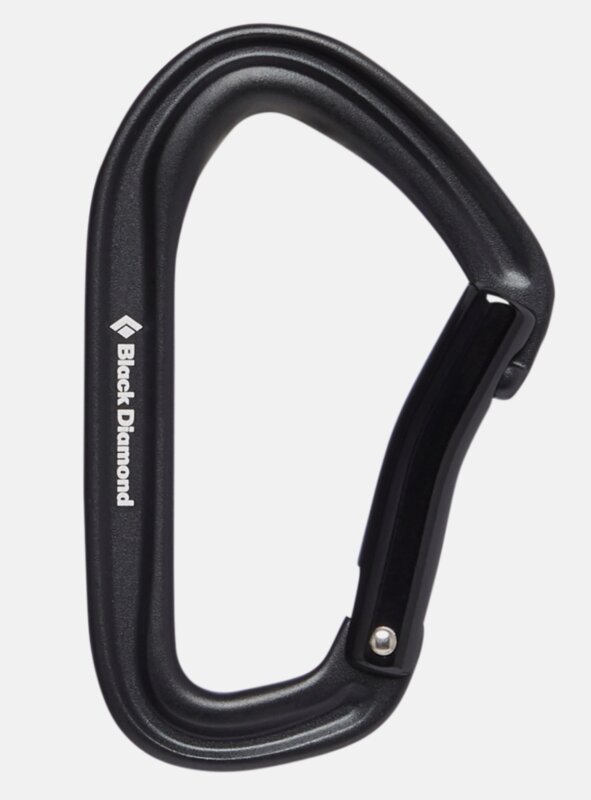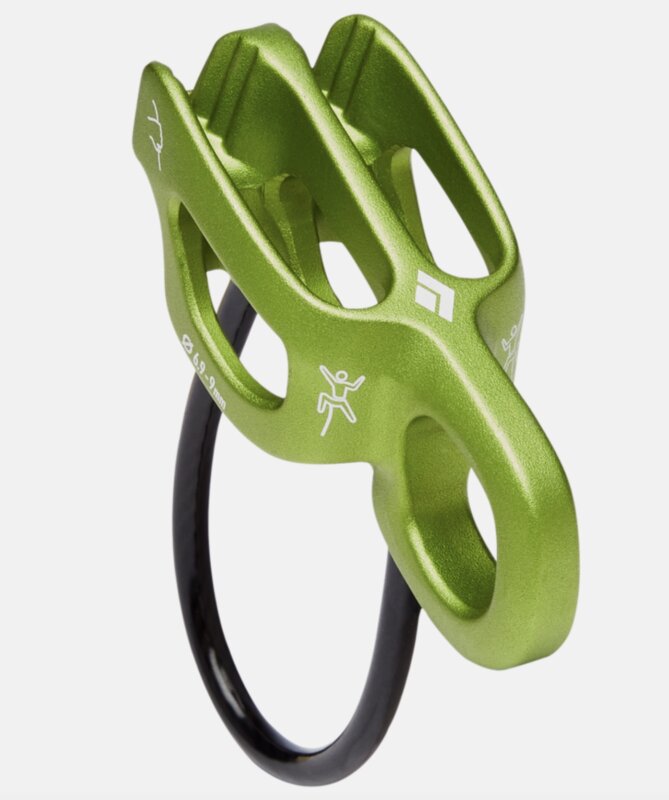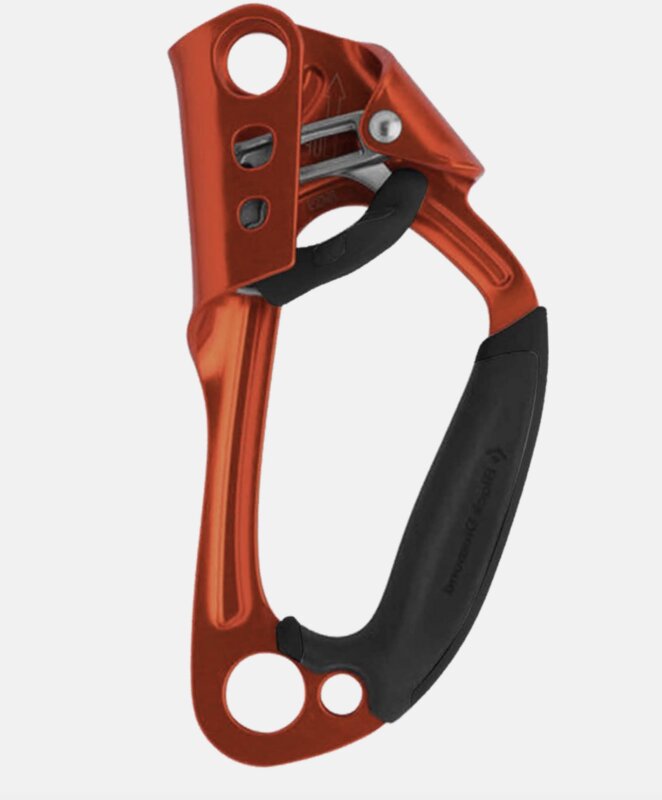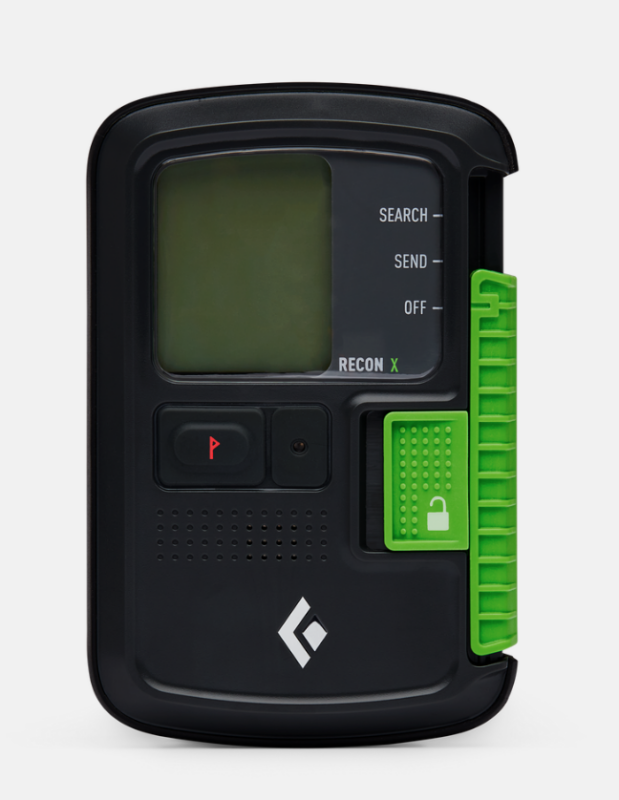Makalu Expedition
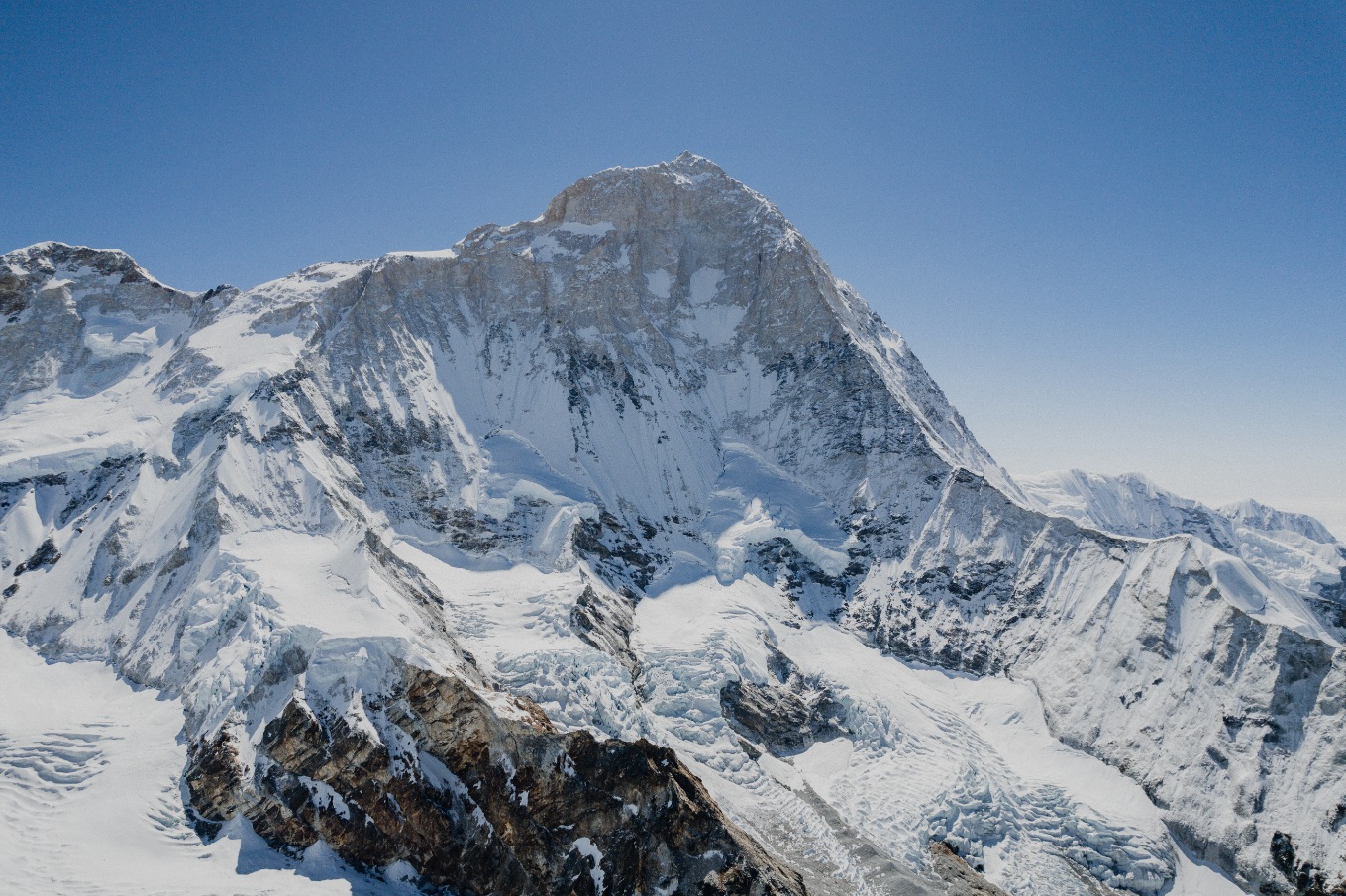
Makalu Rapid Ascent™ Expedition
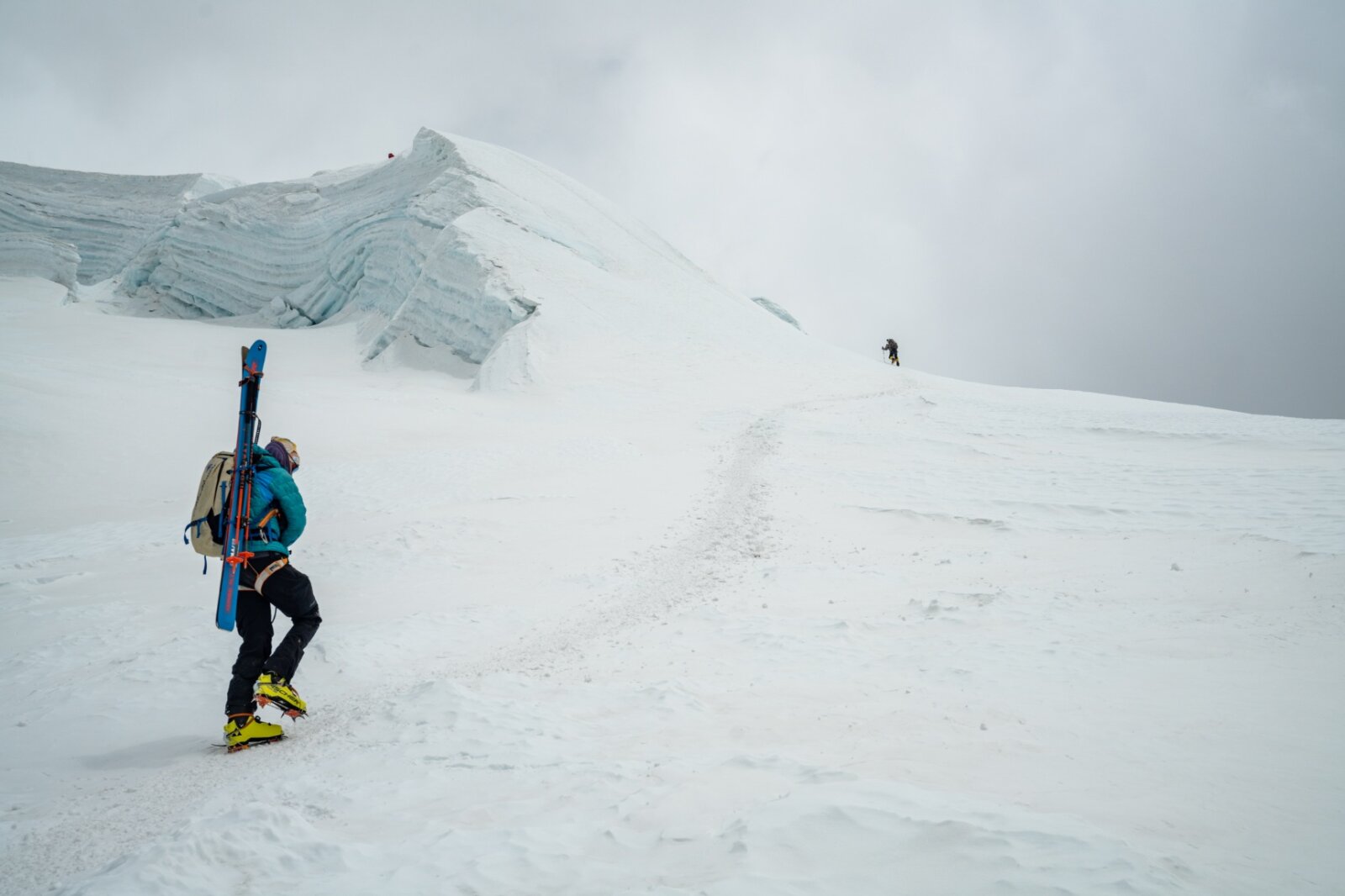
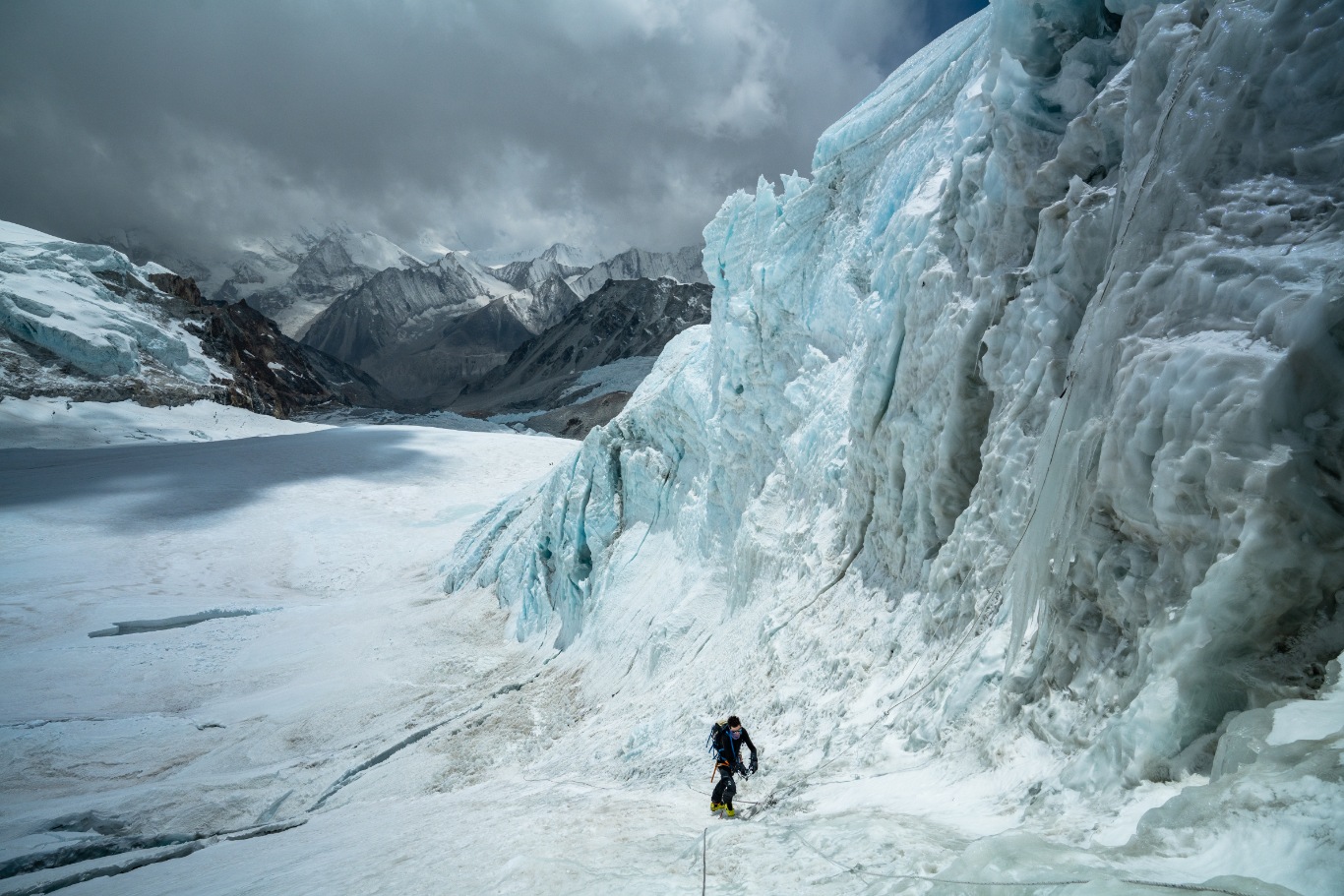
Makalu, a stunning 4-sided pyramid, stands isolated on the Nepali-Tibetan border, close to and easily visible from Mt. Everest and the Khumbu Valley, but far away from the common tourist treks and climbs.
For years, Makalu has seen few ascents and only non-commercial teams. The difficult and long trek into Makalu base camp was one reason for this. With the aid of pre-acclimatization and helicopters, we now avoid this trek and immediately access the stellar climbing on Makalu itself. From Advanced Base Camp at the foot of Makalu’s glaciers, we progressively place camps and ascend on Makalu’s slopes. The other exciting aspect of climbing Makalu is the lack of crowds. While we expect to share the mountain with other teams, they will generally be small and strong. This gives us support on the mountain in establishing the route and ropes, but avoids any overcrowding common on other 8,000 meter peaks.
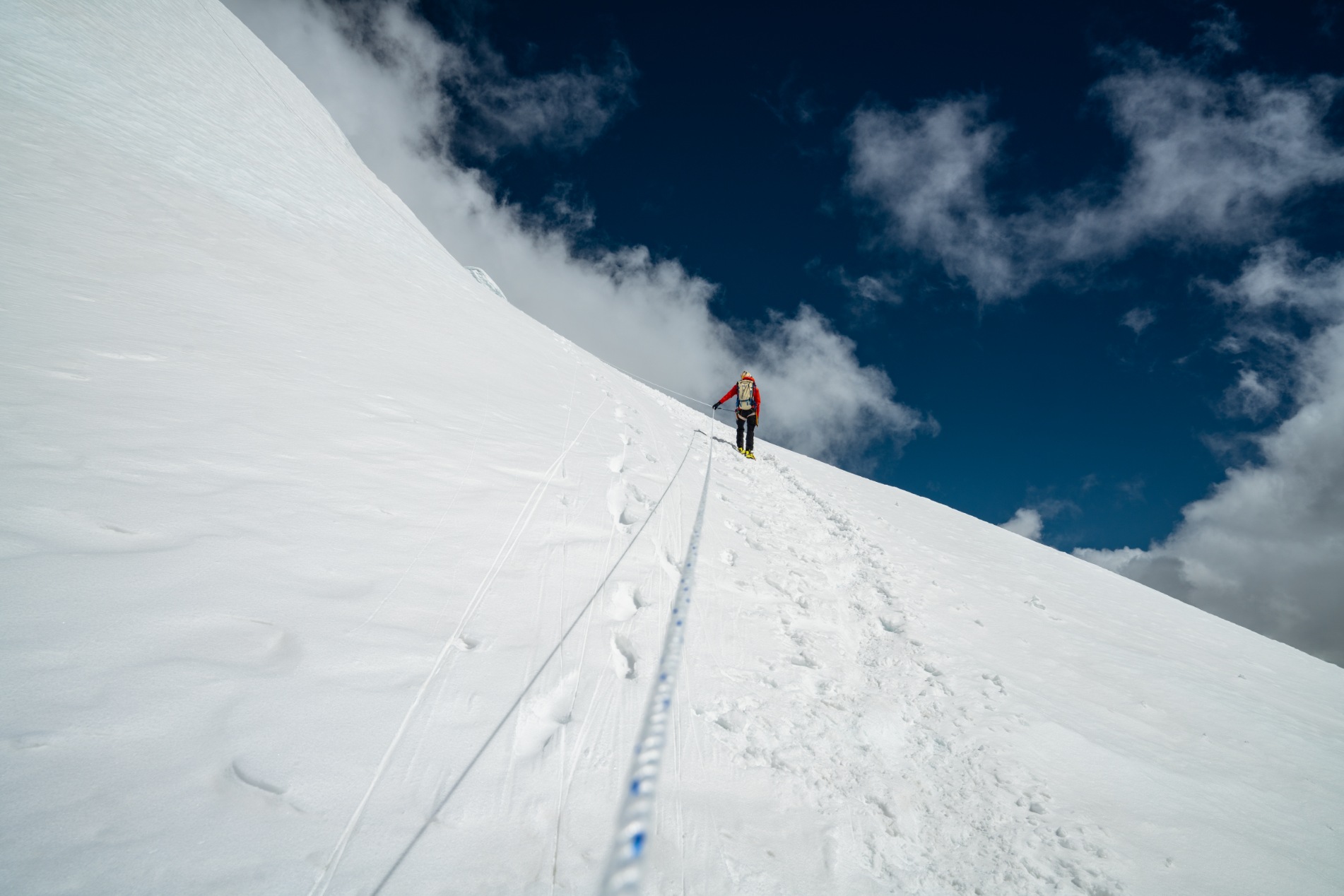
Makalu Expedition Itinerary
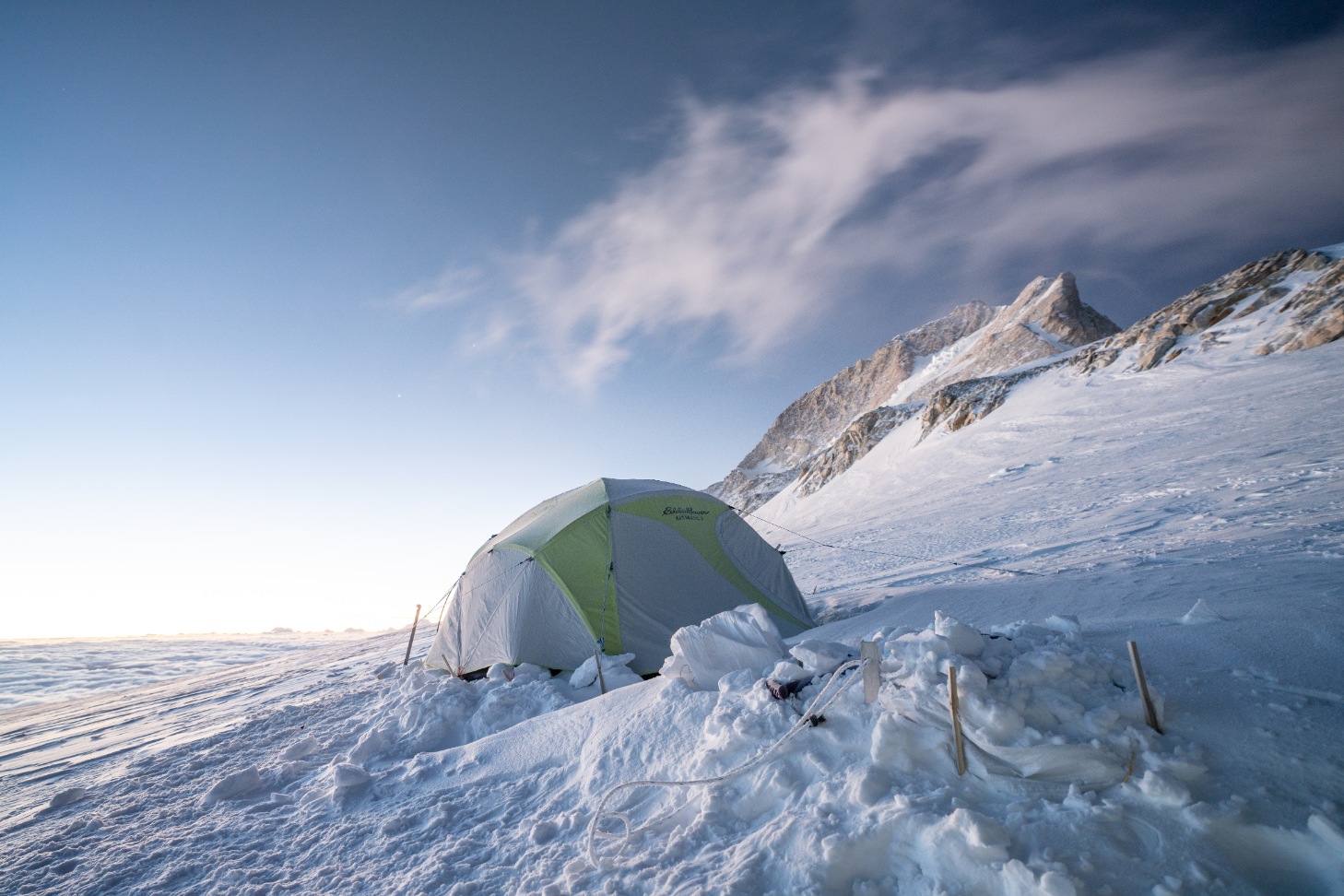
- Day 1
- Arrive in Kathmandu, Nepal
Today you’ll arrive in Kathmandu and transfer to our hotel, and begin the process of getting over jet lag.
- Day 2
- Explore Kathmandu
After settling in from our travels, we explore some of Kathmandu’s most famous sites. These include Swayambhu (the Monkey Temple), Pashupati (Nepal’s largest Hindu temple), Boudhanath (Kathmandu’s most important Buddhist temple) and the old city’s original central square, Durbar. We also have our first team meeting, and organize our equipment.
- Day 3
- Fly to Pheriche
Today we’ll make our way into the Khumbu, taking a heli flight from Kathmandu to the village of Pheriche. After settling in, we’ll make a quick trek in the afternoon for some fitness and added acclimatization.
- Day 4
- Trek to Chukkung
We’ll continue working our way deeper into the mountains, trekking up the Chukkung Valley to the small village of Chukhung. At 15,400’, Chukhung will serve as our last stop before we fly to the Advanced Base Camp on Makalu. After finishing our trek, we’ll rest and prepare for our hike up Chukhung Ri (18,238’) in the morning.
- Day 5
- Climb Chukhung Ri
An early morning will see us trek to the summit of Chukhung Ri, a 18,238’ peak above the village of Chukhung. The non-technical peak will give us a chance to touch 18k and recover by sleeping low before heading to Makalu tomorrow. After finishing up the trek, we’ll pack and prepare for our Heli flight to Advanced Base Camp in the morning.
- Day 6
- Fly to Advanced Base Camp
The time has come to reach our objective. A quick and stunning Heli flight from Chukhung will see us arrive to ABC at 18,600’. We’ll spend the day settling into our new home for the next 29 days.
- Day 7 & 8
- Rest/Acclimatize in ABC
We’ll spend the next two days acclimatizing while we take in the magnitude and beauty of the mountain that we are about to attempt.
- Day 9
- Climb to Camp 1
After completing our Puja Ceremony asking the mountain for permission to climb its slopes, we’ll start our first acclimatization rotation by making our way up to Camp 1 at 20,300’, 6,300m. After departing ABC, we make our way up a rocky moraine before reaching the start of the glacier. The glacier here is low-angle and makes for easy climbing.
Climbing Makalu, however, is no easy feat, as proven by the steeper ice and snow wall that we’ll climb via fixed lines just before reaching C1. We’ll reach camp shortly after climbing the steep ice and snow section. It will take us 4-6 hours to climb the +1,700′ to C1 today
- Day 10
- Acclimatize in C1
We’ll spend the day resting and acclimatizing in C1.
- Day 11
- Touch C2 & Descend to ABC
After spending two nights acclimatizing in C1, we’ll cross a gentle sloping glacier and touch Camp 2 at 21,650’ before descending back down to ABC, marking the end of our first acclimatization rotation. The day will see us climb +1,350′ and descend nearly 3,000′.
- Day 12 & 13
- Rest in ABC
We’ll spend the next two days resting and preparing to make our second acclimatization rotation
- Day 14
- Climb to C1
Today we’ll start our second and final acclimatization rotation as we make our way back up the low angle glacier before once again climbing the steep ice and snow section to C1. We’ll move quicker this time around having made the same climb only a few days prior.
- Day 15
- Climb to C2
We’ll spend the day retracing our steps towards Camp 2, as we cross the broad glaciated slopes before reaching camp for the night at 21,650’.
- Day 16
- Touch 23,300′ & Descend to C1
Following the age old technique of “climbing high and sleeping low”, today we’ll make our the high point of our acclimatization rotations before our final summit push. After a nights rest at C2, we’ll climb towards Makalu La and C3, climbing to at least 23,300’. Having reached 23,300’, we’ll turn around and descend to C1. We’ll climb for 6-8 hours climbing +1,650′ and descending over 3,000′.
- Day 17
- Descend to ABC
Today we’ll make the descent to ABC, wrapping up our final acclimatization rotation.
- Day 18-21
- Rest in ABC/Prepare for Summit Bid
We’ll spend the next four days resting and watching the weather as we prepare to start our bid for the summit of the 5th tallest peak in the world.
- Day 22
- Climb to C1
After three weeks, the time to start our journey to the summit of Makalu. We’ll start by climbing the now familiar gentle slopes to the steep ice section that protects C1. We’ll climb this steep section for a third and final time, as we arrive at the first of three camps on our way to the summit.
- Day 23
- Climb to C2
A quick and easy day will see us cross the glacier to C2 for the third time. Tomorrow we’ll push up to C3 and our new high point on the mountain.
- Day 24
- Climb to C3
Utilizing oxygen from here on out to maximize success and safety, we’ll continue onward up the mountain. An early morning will see us start climbing the steep snow slopes as we make the long climb to the Makalu La and C3. The will be a long and hard day, but spectacular views of the summit and the rest of our route will give us the stoke to push on to C4 in the morning.
- Day 25
- Summit Bid
Today is the day, your years of preparation and hard work are about to pay off. An early alpine start will see us climbing well before the sun rises, as we charge towards the summit of Makalu. We’ll make a quick traverse to Camp 4, and continue on as we climb moderate glacial slopes to the French Couloir. The couloir is steep and entails crossing small rock bands interspersed with snow climbing. From the top of the couloir we follow the exposed ridge on rock past the false summit and to the top of the world’s fifth tallest mountain.Standing at 27,766’, 8,463m, the views from the summit are unparalleled. Kanchenjunga rises in the east, Shishapangma in the west, and the mighty Everest to the Northwest.
From the summit, we’ll descend back to C2. The summit day on Makalu is a big push, taking 14-18 hours and seeing us gain +3,300’ and lose another 6,000’.
- Day 26
- Descend to ABC
From C2, we’ll descend the gradual slopes to C1 and past the steep snow and ice section for the final time on our way back down to ABC. Once in ABC we’ll celebrate our successful summit of the 5th tallest peak in the world.
- Day 27-32
- Extra Days
These are extra days to use for weather delays, acclimatization, etc.
- Day 33
- Pack Up Camp
After celebrating our summit and getting some much needed rest, we’ll spend the day preparing to catch our Heli out of camp tomorrow morning.
- Day 34
- Fly to Kathmandu
Today we’ll say our goodbyes to the slopes on Makalu, as we catch a helicopter ride from ABC back to Kathmandu, marking the end of our adventure on the 5th tallest peak in the world.
- Day 35
- Fly Home
Today you’ll depart Kathmandu for home.
